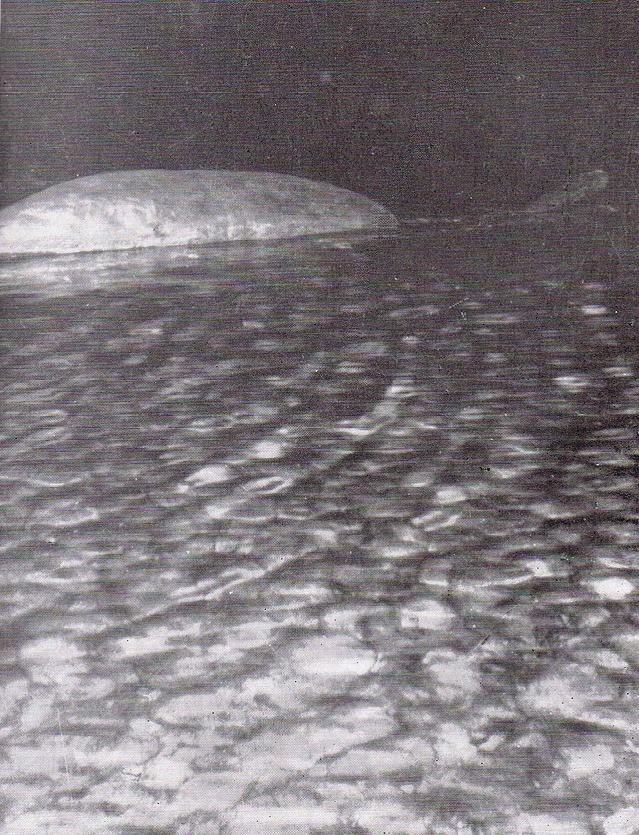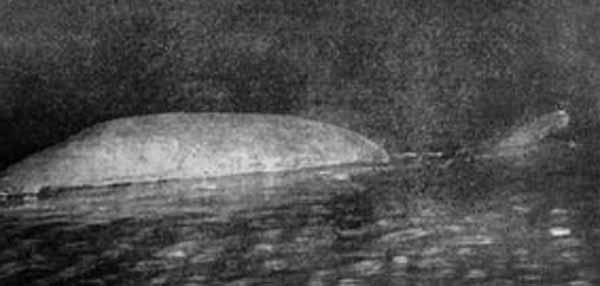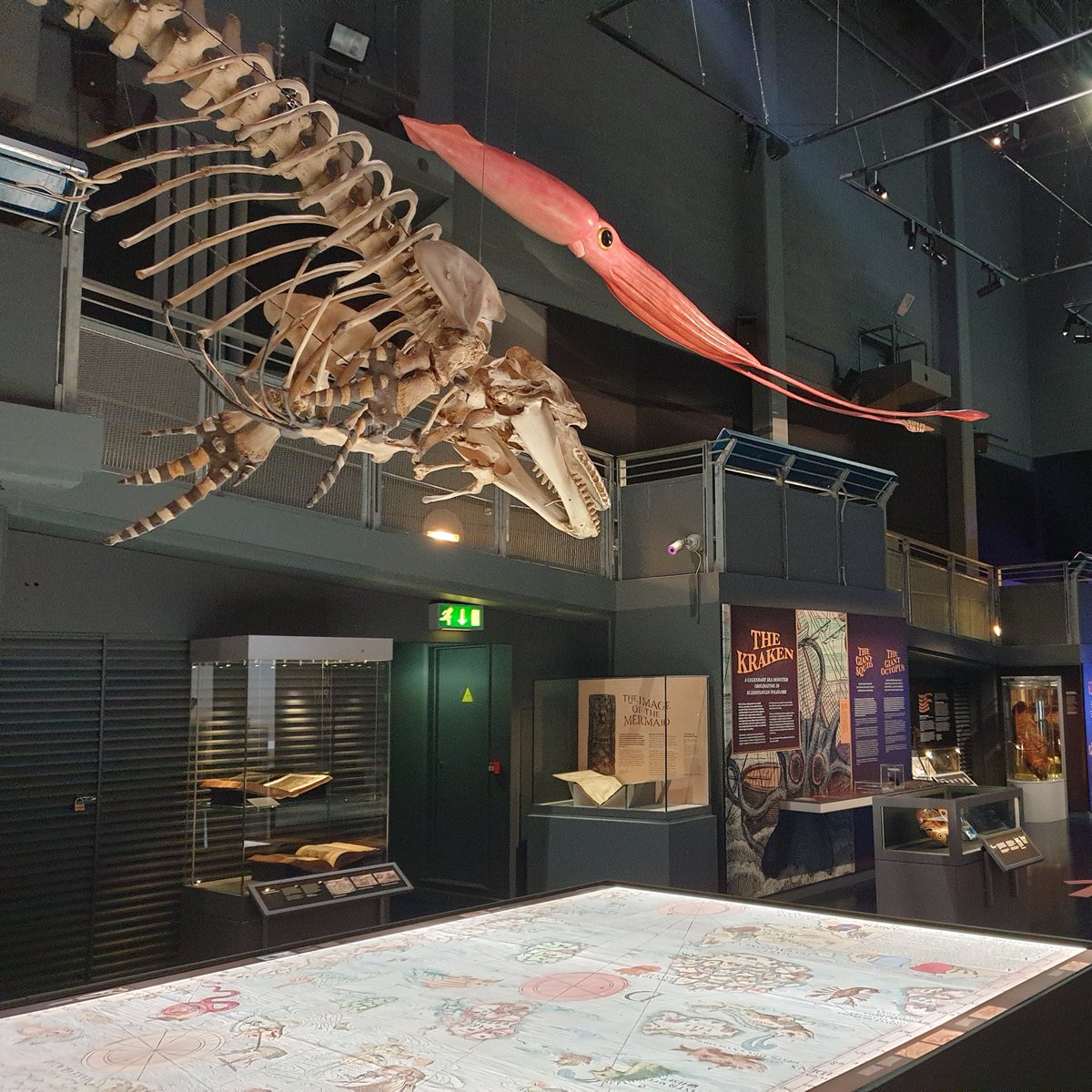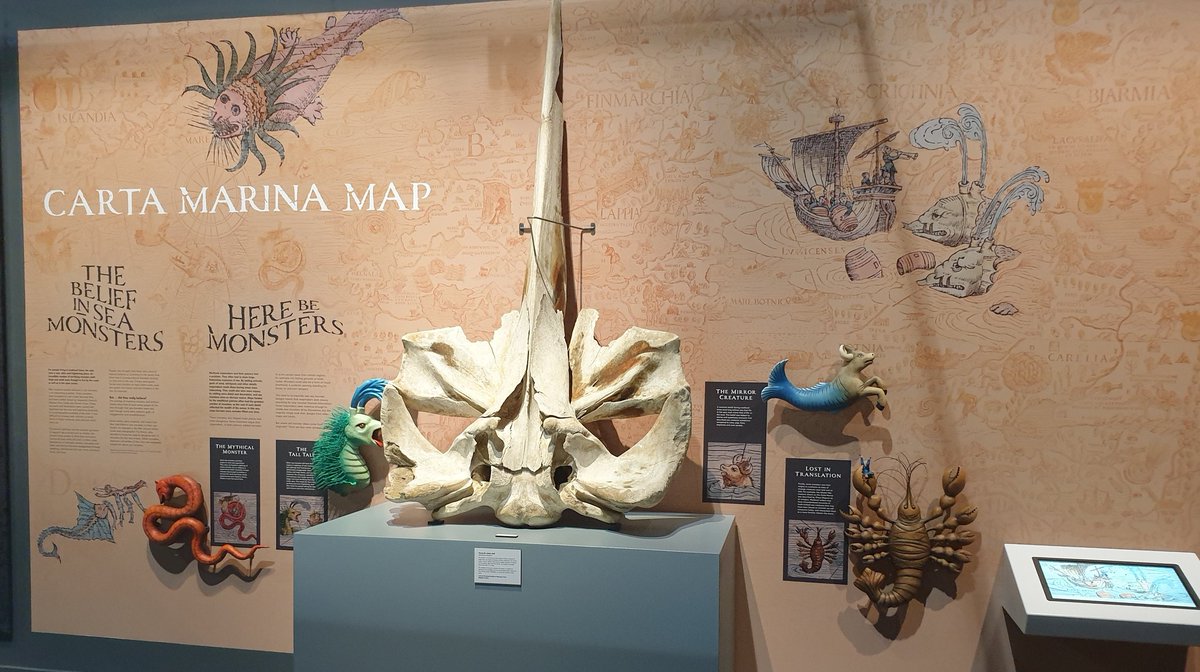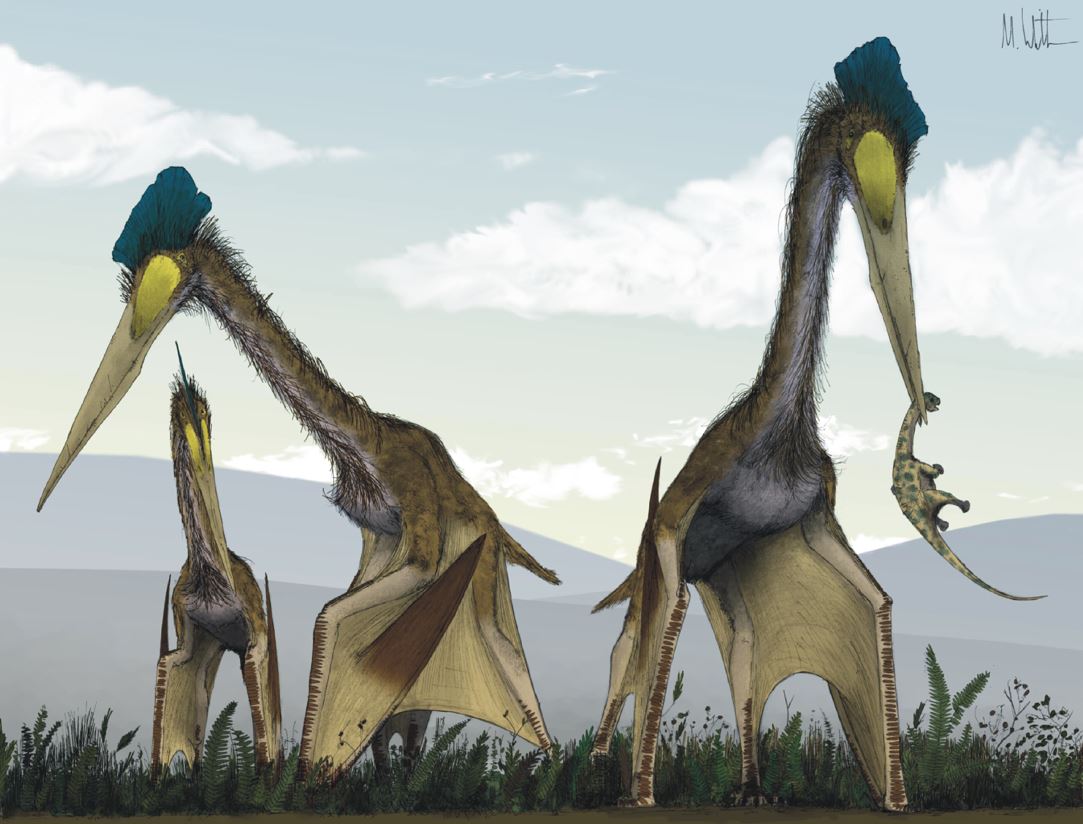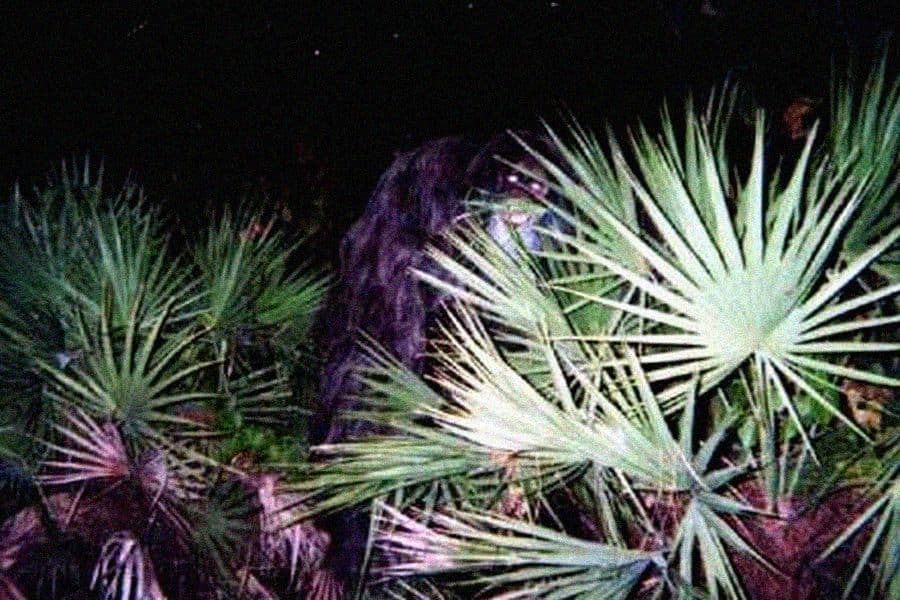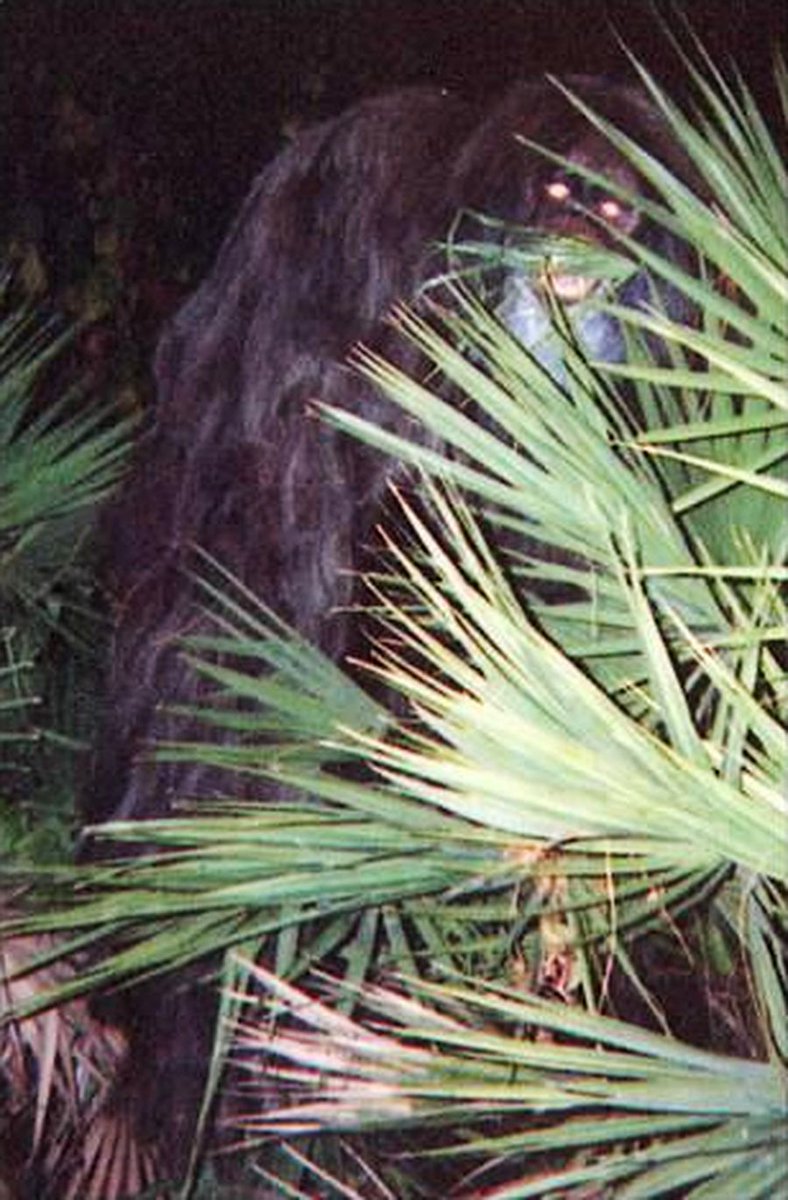
Time for another #TetZoocryptomegathread, in which we examine the backstory to a photo or film said to depict a cryptid, or monster. This time, we’re not looking at a photo claimed to be of a live animal BUT at photos which depict a very dead one: a rotted carcass, in fact… 

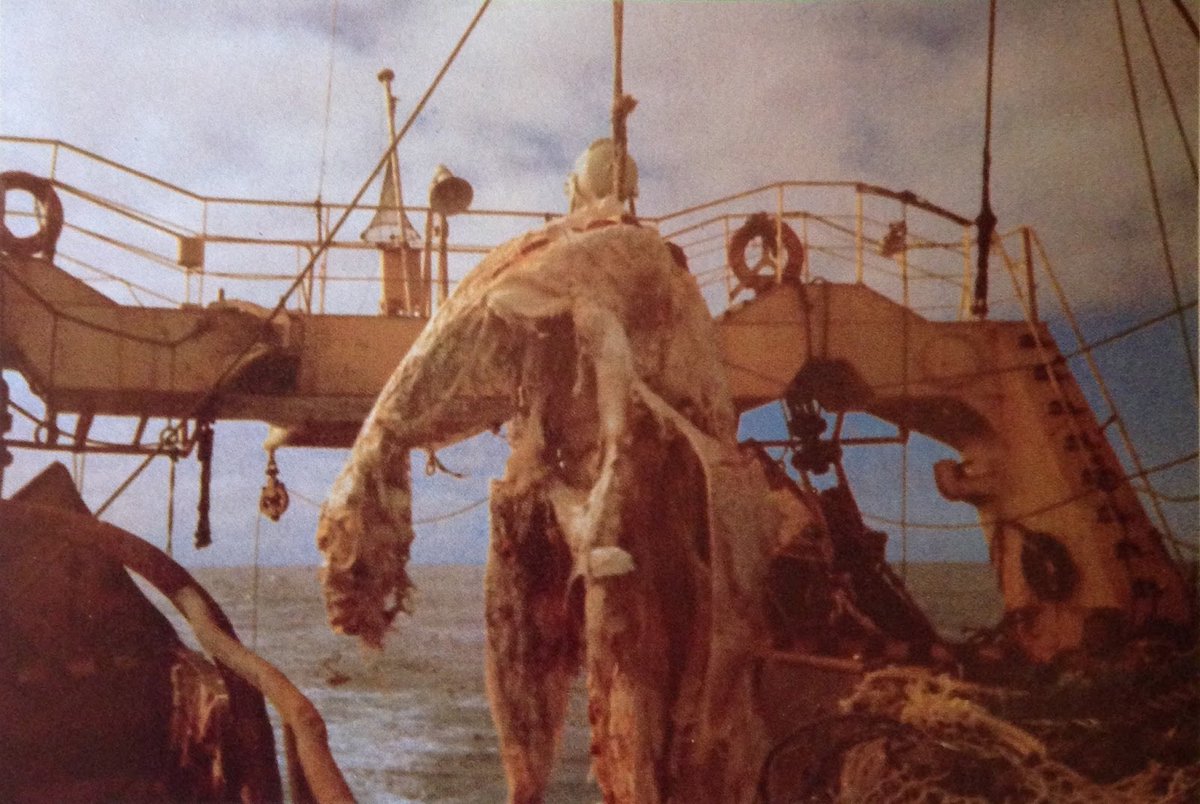
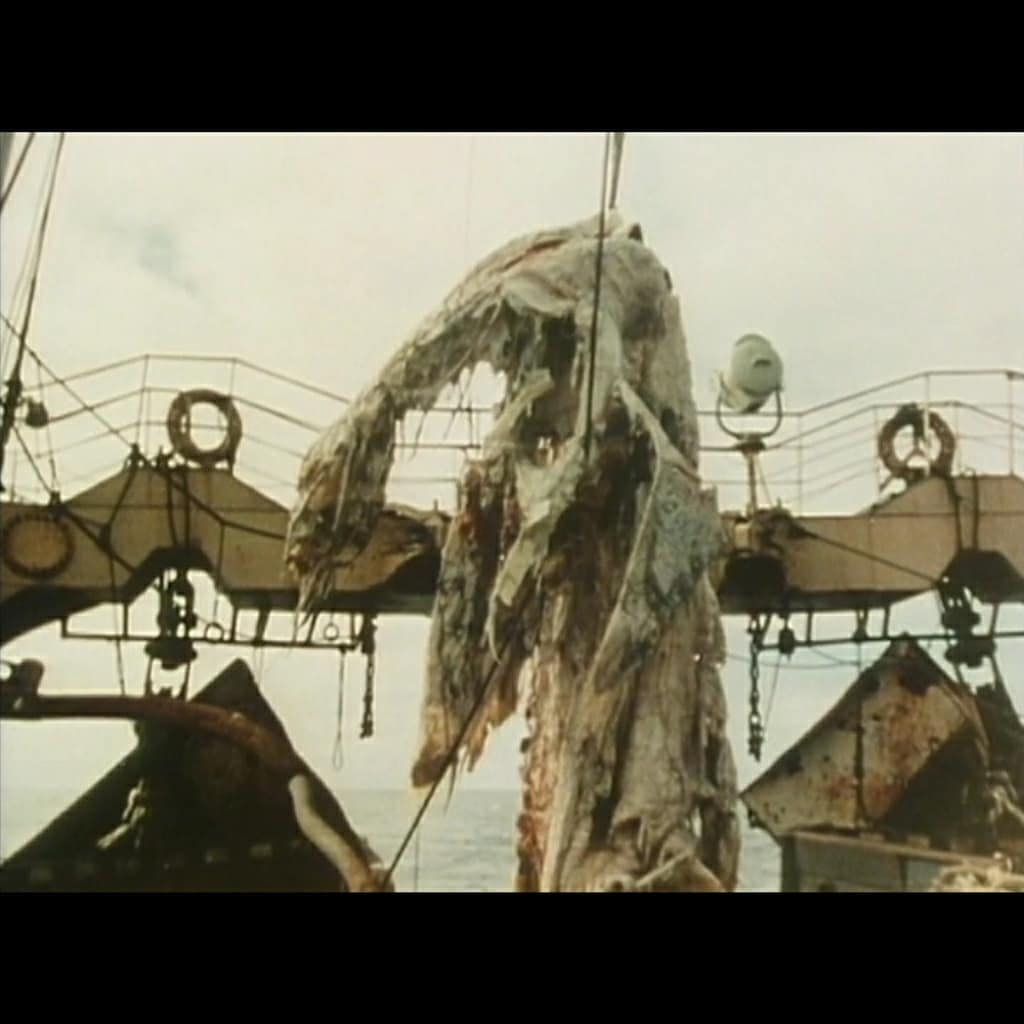
I am of course talking about the ZUIYO-MARU CARCASS: the large, decomposed body of a sea creature, ‘captured’ by accident in the nets of the Japanese fishing vessel the Zuiyo-maru on April 25th 1977 while they were about 48km off the east coast of Christchurch, New Zealand… 



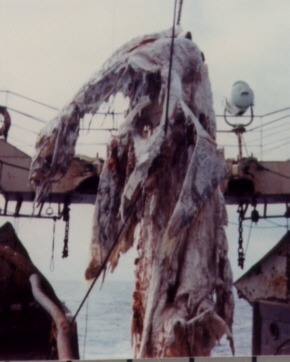
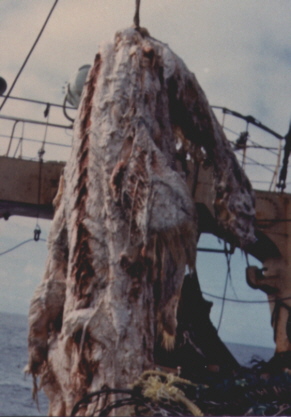
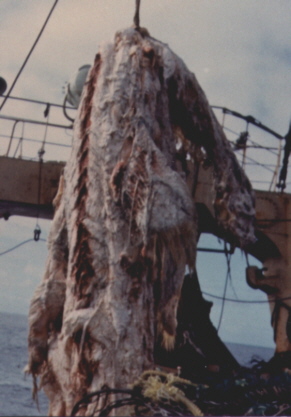
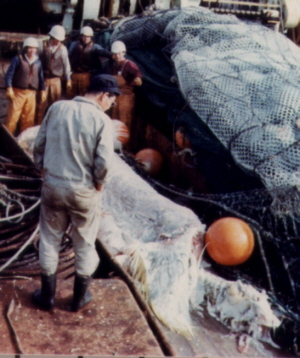
The name ‘Zuiyo-maru’ has been written in several ways in the literature (as ‘Zuiyomaru’ or ‘Zuiyo Maru’, for example). I’m here going to follow the style used in the 1978 report on the carcass (Zuiyo-maru). And the Zuiyo-maru carcass will be called the ZMC from hereon!
The Zuiyo-maru was a 2455-ton trawler captained by Akira Tanaka, and part of the Tokyo-based Taiyo Fishery Company fleet. It specialised on mackerel, and was trawling for them at a depth of 300m when a large object became entangled in the net… 

It was the rotting carcass of a big vertebrate, about 10m long, initially identified as a rotting whale. It was hoisted on board and dumped on the deck, and a series of colour photos were taken by crewman (and acting section chief for Taiyo Fishery Company) Michihiko Yano... 



Its appearance wasn’t consistent with the whale idea, since it seemingly had a longish neck, small head, straight tail and four large, diamond-shaped flippers or paddles. Its skin was missing, meaning that its underlying musculature and some skeletal components were exposed...
... In his 1978 article on the carcass, Tokiharu Abe said that people familiar with dead shark (specifically, shark-finners) recognised it from the photos as a decomposed shark…
But others note the suggestion made by crewmembers that it might be a giant turtle lacking its shell (note: the turtle shell is the ribcage, so a turtle can't ‘lose its shell’). At 10m, it would have to be one hell of a turtle, bigger than the biggest known fossil species… 

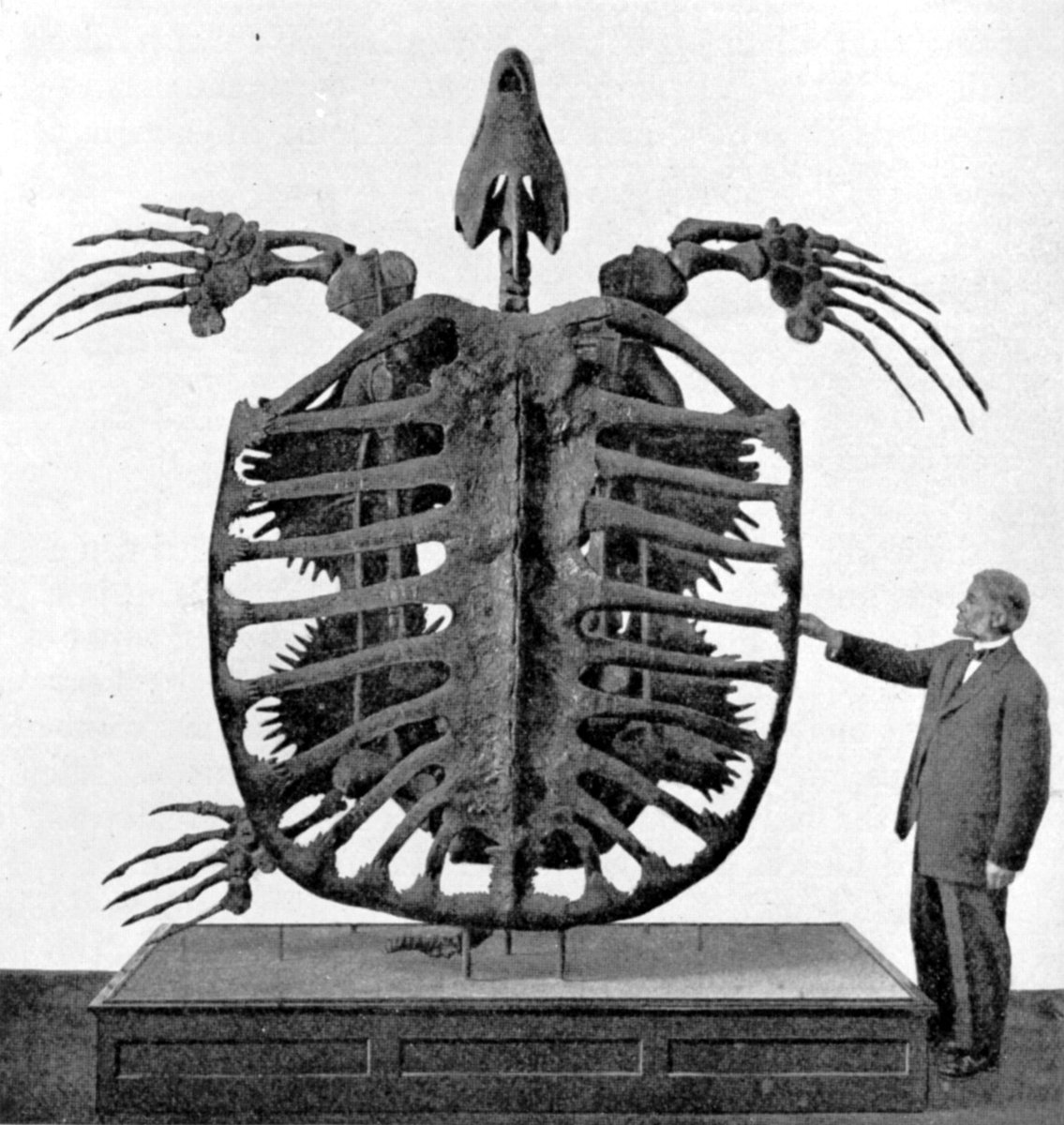
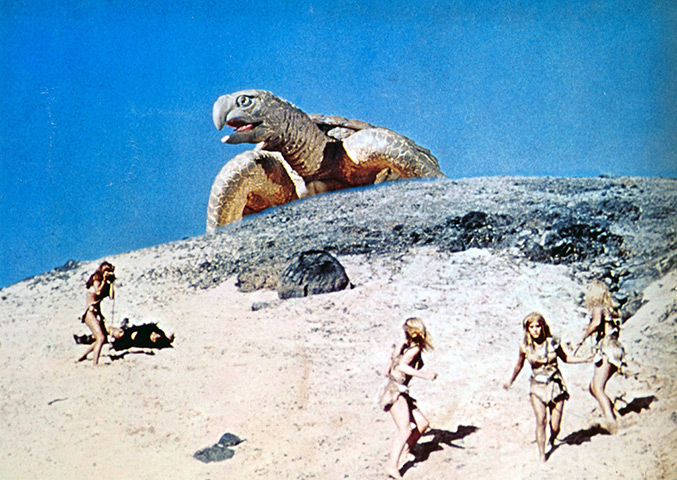
But, could it be… the carcass of a creature thought extinct, like a #plesiosaur? Accounts show that some people aboard the Zuiyo-maru thought it was a big deal… perhaps a significant scientific find worthy of being documented and recorded as best as possible (pics by me)... 


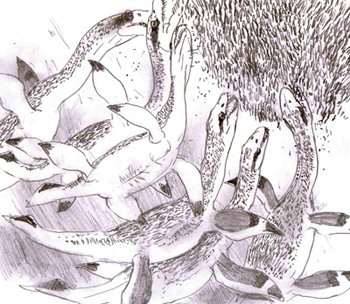
Photos were taken, some showing the carcass while suspended by a wire, others after it had been dumped on the deck. Yano took measurements and produced a diagram BUT his measurements can only be approximate, since they (and the diagram) were written down months after April 25th.. 
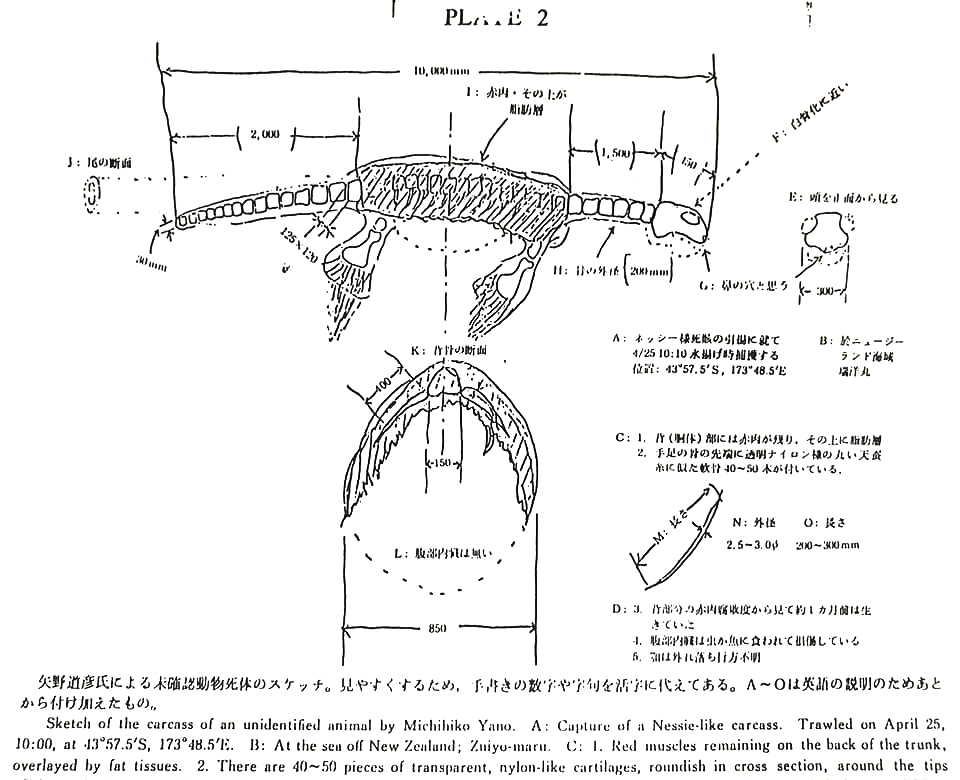
Indeed, they consist of a great many suspiciously ‘round’ numbers. These show that the whole object was about 10m long, the tail section was about 2m long, the head 45cm long, and the ‘neck’ 1.5m long. Consider some of those figures (a skull 45cm long!!?)… this was a BIG object.
Yano’s diagram also makes it clear what he thought he was dealing with: he drew a schematic plesiosaur skeleton, with two similar-sized paddle pairs, a distinct tail (lacking fins), distinct neck, and short-snouted skull with a dashed line indicating....
.... where he thought the mandible should be. He’d seemingly made up his mind that it _was_ a plesiosaur carcass (drawings by me). 

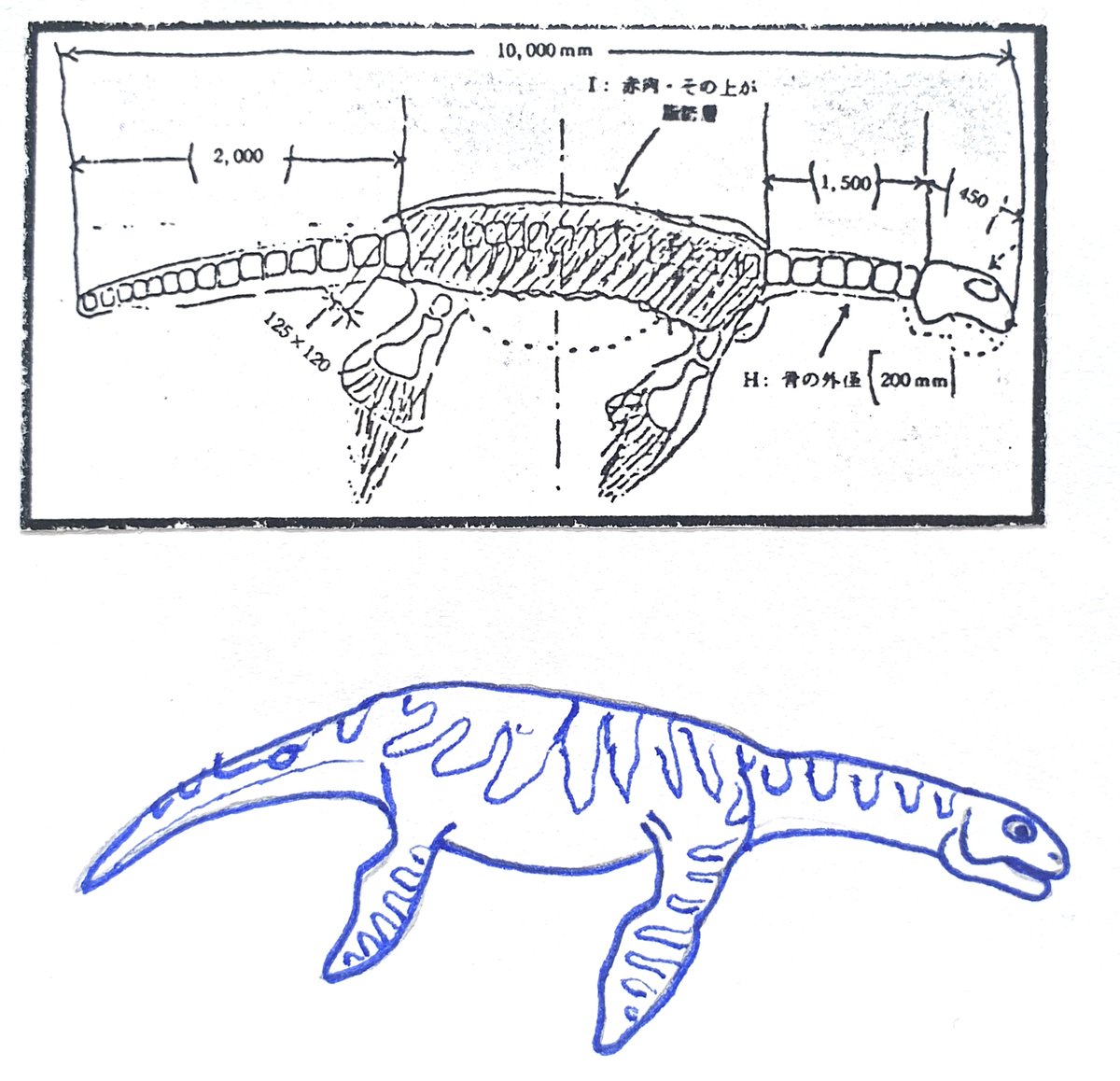
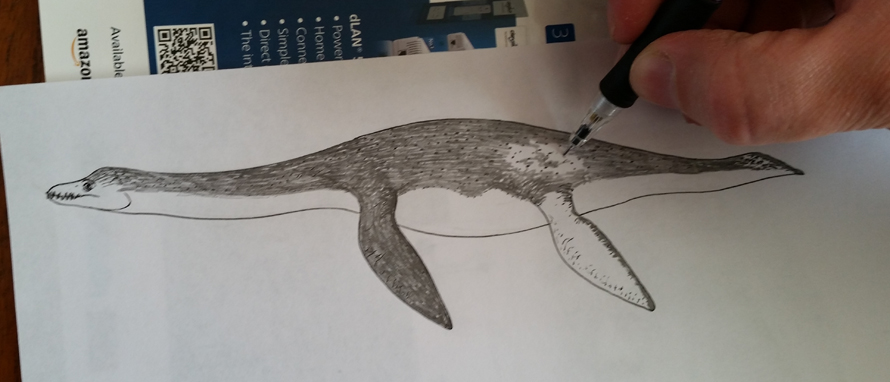
The carcass was kept on board for about an hour but concerns that it might spoil the catch resulted in the decision that it should be dumped overboard. Sato took a few samples (he pulled fibres from the fins... we’ll come back to these) before this happened…
Precise longitude and latitude data on both ‘pick up’ and ‘drop off’ points relevant to the carcass are available and were published by Keiji Nasu in 1978. The seafloor here has an extensive area of continental shelf, and.... 
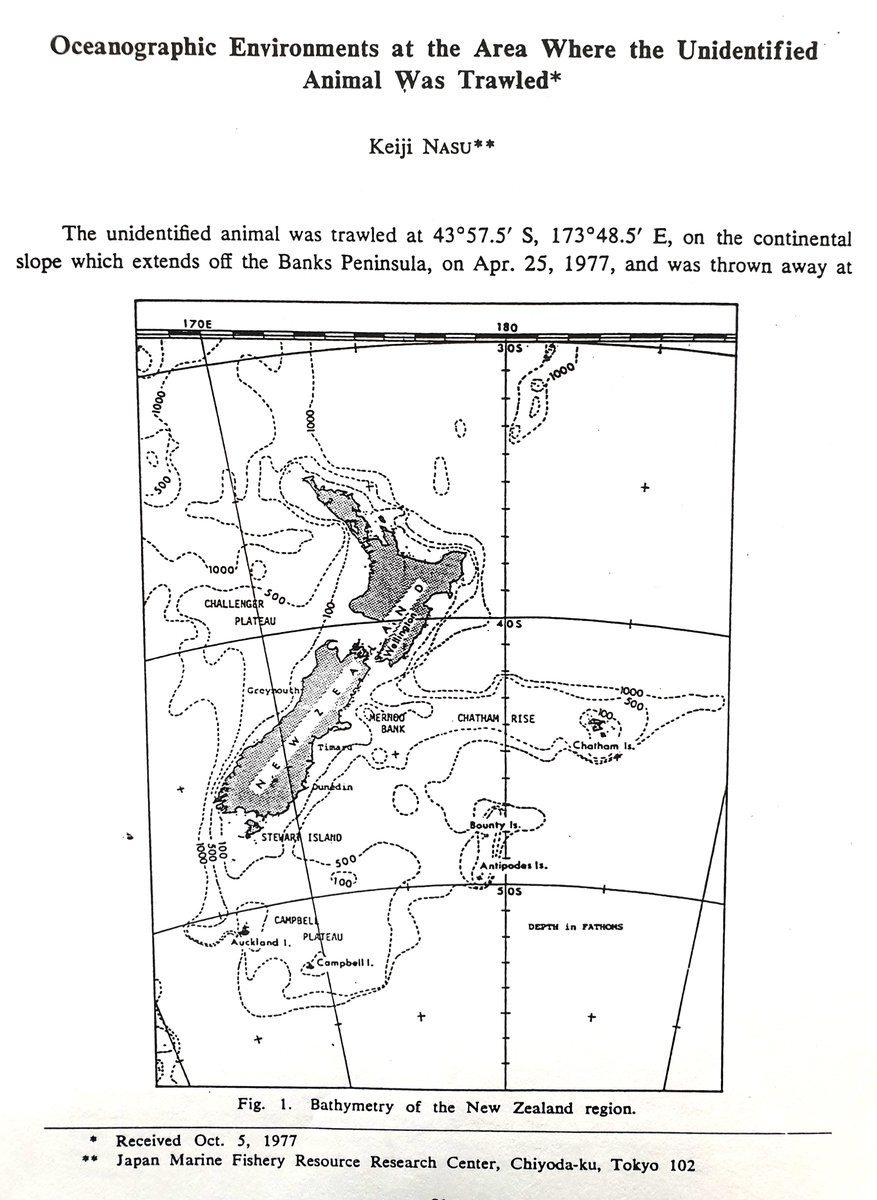
... there’s a subtropical convergence where southward- and northward-flowing currents meet. Nasu suggested that the carcass would have drifted south after being dumped, ending south of the Chatham Rise.
On returning to Taiyo Fishery Company headquarters in Tokyo, Yano shared his photos with Dr Fujio Yasuda, professor of ichthyology at the Tokyo University of Fisheries. Yasuda shared them with other scientists, the aim being to see if the ZMC could be identified…
Seeing this as a chance for publicity (but perhaps also honestly thinking that this really was massive scientific news, it’s hard to tell), the Taiyo Fishery Company opted to hold a press conference on July 20th 1977…
… the results of which were ambiguous. Unsurprisingly, the resulting newspaper, TV and radio reports veered to the sensational, many implying or stating that it was a modern plesiosaur, a marine #Nessie, or perhaps a new kind of giant shark…
Immediately the idea arose that the ‘drop-off’ site should be re-visited such that the ZMC could be recaptured for science. Apparently, one or two vessels did go to the location and fish around in an effort to find it again…
Needless to say, these efforts weren’t successful… were people really thinking that the carcass would just be floating, stationary, a few metres below the surface? Of course not, it would have sunk.
Partly as an exercise in damage limitation, the Taiyo Fishery Company produced a follow-up report on July 25th in which they announced results of a preliminary study which Yasuda and Shigery Kimura had performed – or, rather, were performing – on the samples which Yano collected.
But at this point the conclusions were that “the taxonomic affiliation of the animal could not be determined”, which is just about the worst result you can give to a mystery-mongering media – ‘we don’t yet know’ is assumed to be synonymous with ‘YES IT’S A GODDAM MONSTER!!!’…
.... whereas what it actually means is “we need more time, science is slow!!”...
Dr Tadayoshi Sasaki, President of the Tokyo University of Fisheries, thought that the best course of action was to arrange a scientific symposium: he invited 12 ichthyologists, mammologists, biochemists and other scientists for a formal meeting on September 1st 1977...
.... and also held a second, larger meeting on September 19th…
A series of technical papers were submitted, all of which were published in a special report published by the Société Franco-Japonaise d’Océanographie in Tokyo; I have a copy, and it’s interesting reading…
It’s obvious that, by the time, the most popular suggestion among scientists was that the ZMC was that of a very large shark, specifically a Basking shark (all images in public domain)… #sharks #cryptozoology #monsters 


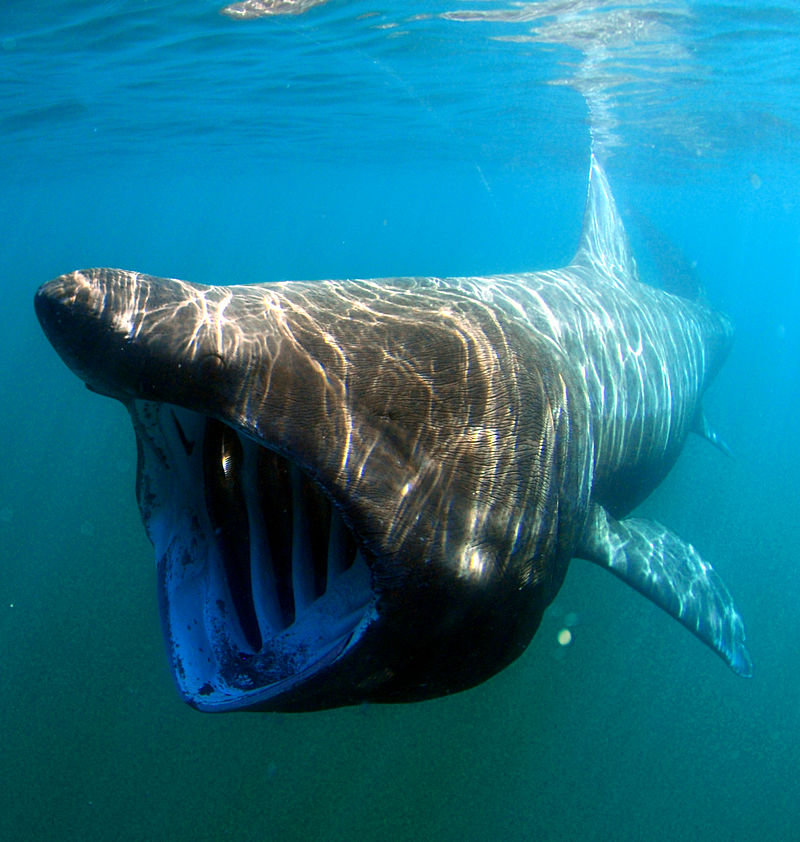
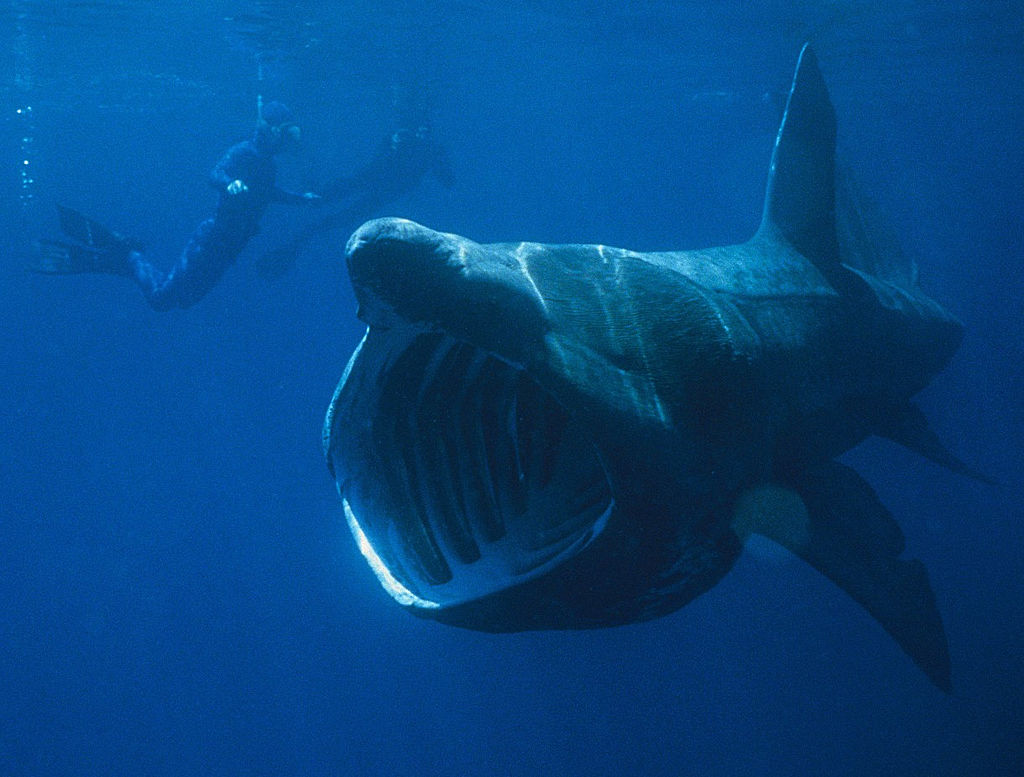
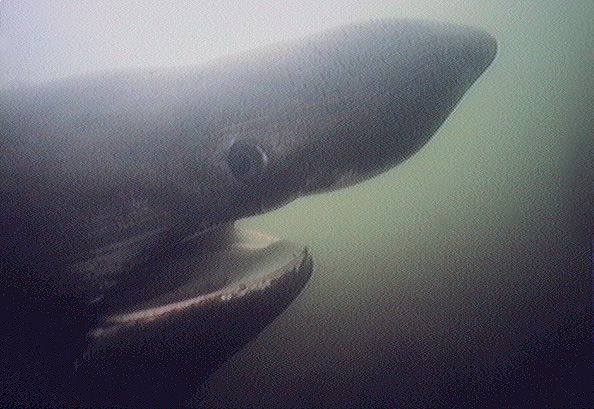
Ikuwo Obata and Yoshio Tomoda compared the carcass with diverse vertebrates. They noted that dermal fibres visible on its surface were like those of mammals and not those of fish, and that the smell “resembled that of marine mammals” rather than that of teleost fishes or sharks!
Obata and Tomoda also mentioned the opinion of an unnamed biologist inclined toward the ‘shark concept’ (their term) who “told us that he had an impression … that the animal in question would not be basking shark” [sic]...
They concluded that the carcass might have been that of a shark OR a marine reptile, and that they basically couldn’t identify it. This paper is the weirdest and weakest of the lot included in the collection, and the only one which ends with a ‘pro-cryptozoology’ spin...
Fuijio Yasuda and Yasuhiko Taki compared the ZMC with fishes, and agreed with the shark identification, as did Yoshikazu Hasegawa and Teruya Uyeno, who specifically tested the plesiosaur claim and found it wanting, as did ichthyologist Tokiharu Abe… 

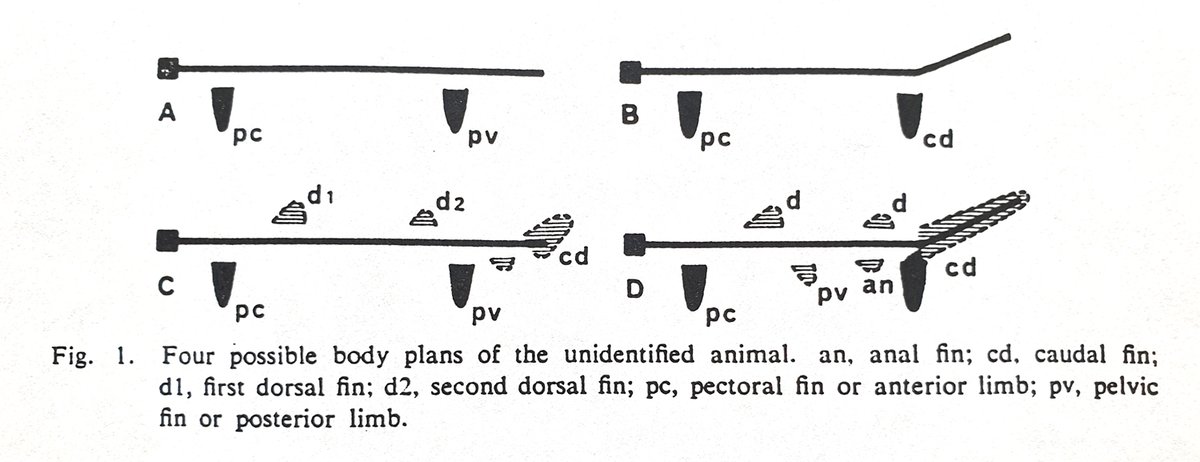
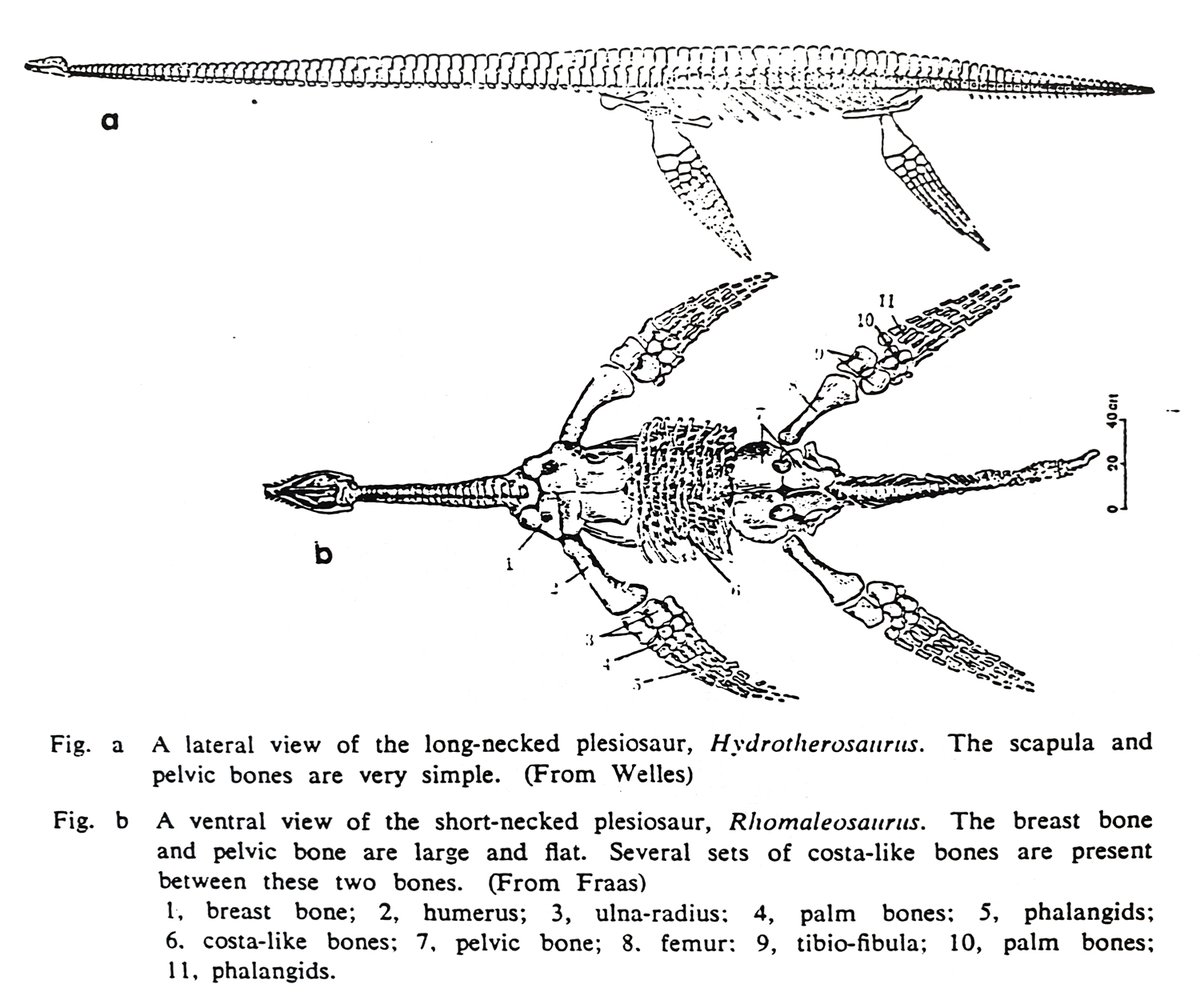
Sueshige Seta looked at the state of decomposition of the carcass, basically saying that the condition of the carcass’s surface showed that it had been decomposing for a while…
What’s obvious from several of these papers – and was also obvious from Yano’s photos anyway – is that the ZMC only looks like a plesiosaur carcass if you’re (1) unaware of previous cases of this sort of thing (read on) and (2) ignore or misinterpret several anatomical details…
On point 1, it’s hardly the first time this has happened. The sea monster literature includes several famous cases – stretching back to the early 1800s – where the decomposed bodies of sharks were misinterpreted by their finders as the carcasses of plesiosaur-like sea monsters…
The oldest and most famous of these is the 1808 carcass from Stronsay in the Orkneys (Scotland), said to have a long neck, a covering of bristles, three pairs of limbs and a long tail... #monsters #cryptozoology #seamonsters 
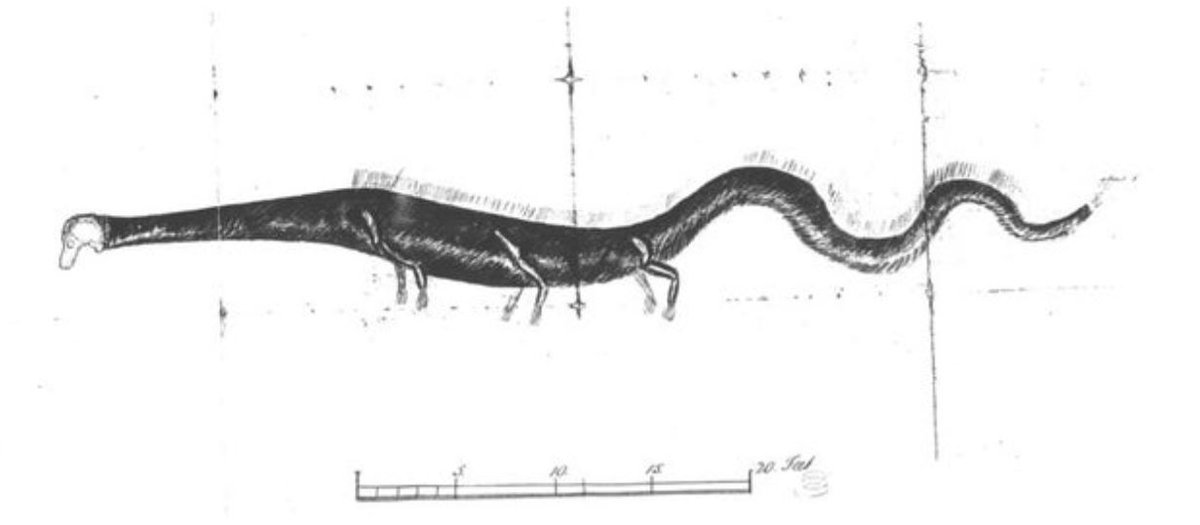
Vertebrae and other bits and pieces of the carcass were retained and studied by Sir Everard Home -- and numerous details showed them to be Basking shark remains… #sharks 
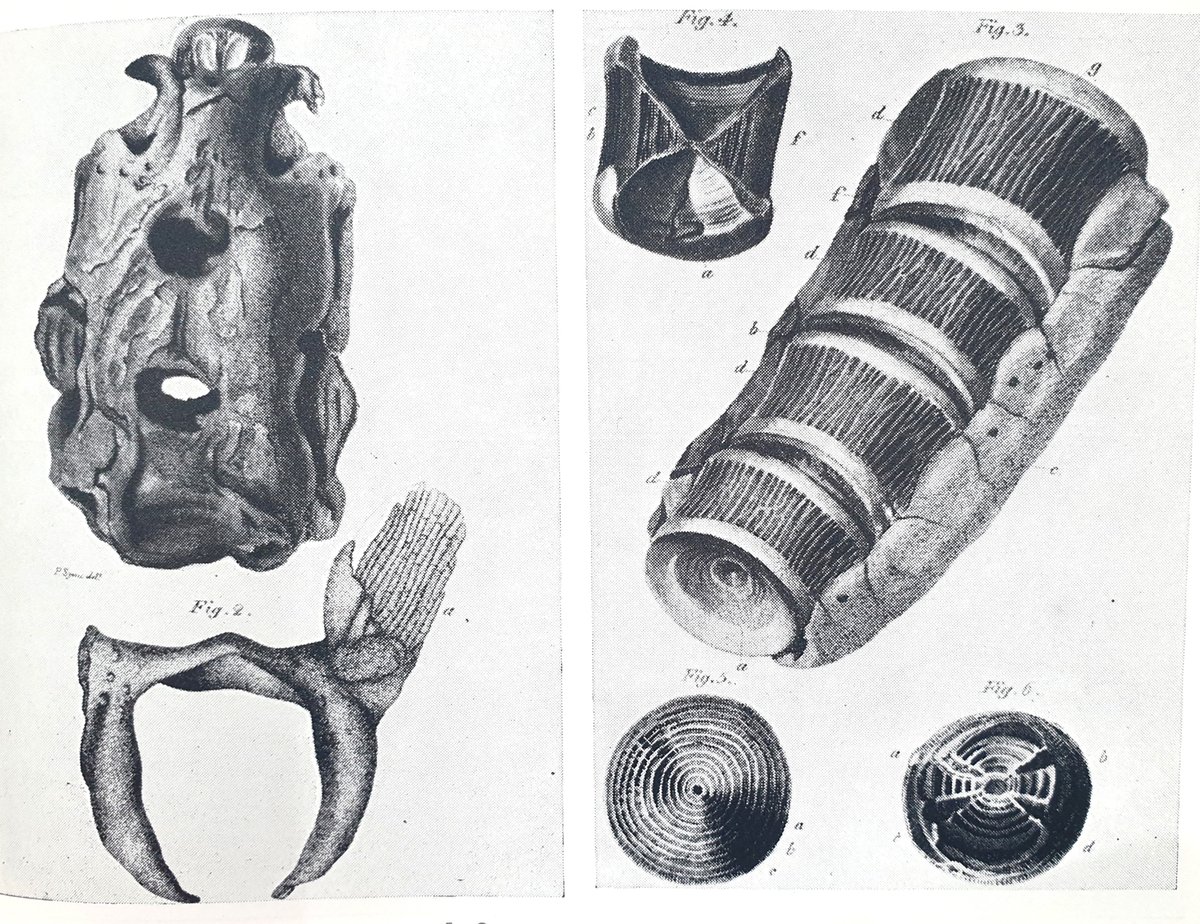
Another example is the Scapa Flow carcass of 1941, also found on the Orkneys and implied to be from a plesiosaur-like monster until later identified as another Basking shark carcass... 
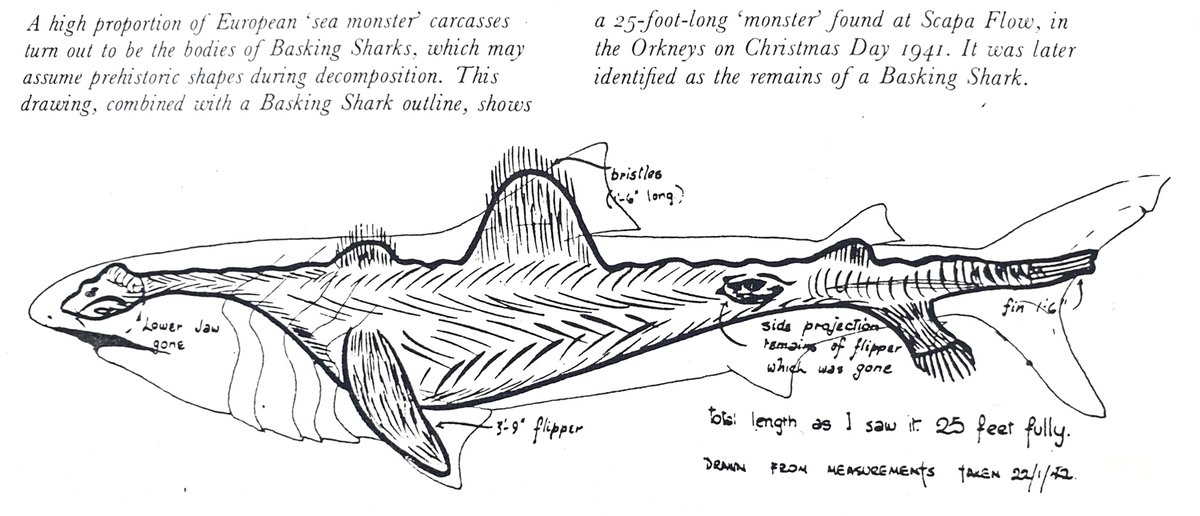
What happens during shark decomposition is that the jaws and gill arches fall away, leaving only the chondrocranium, the dorsal and caudal fin break down or fall away, simplifying the carcass’s shape, and the external surface decays to produce a fibrous or ‘hairy’ appearance…
The result is what’s known as a ‘pseudo-plesiosaur’ carcass (here illustrated by Bernard Heuvelmans, Glen Kuban, and Markus Hemmler). This stuff is very familiar if you know the sea monster or #cryptozoology literature – it’s covered in just about every book, and... 


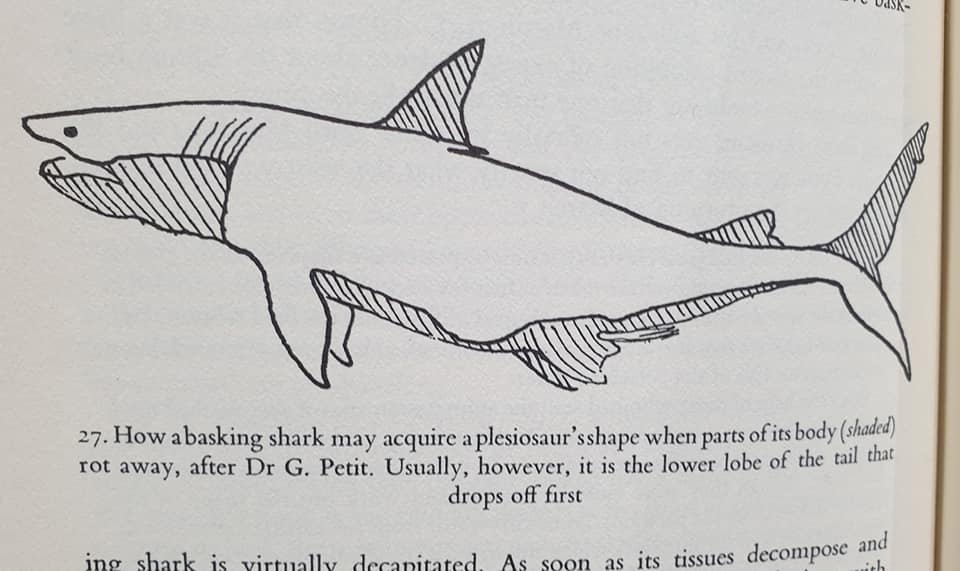
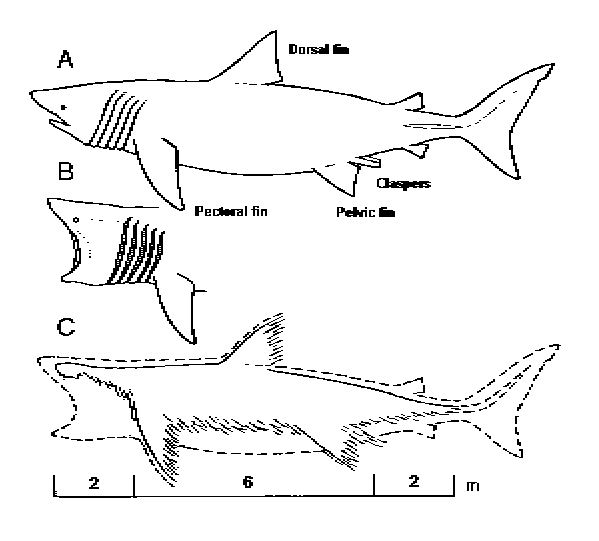
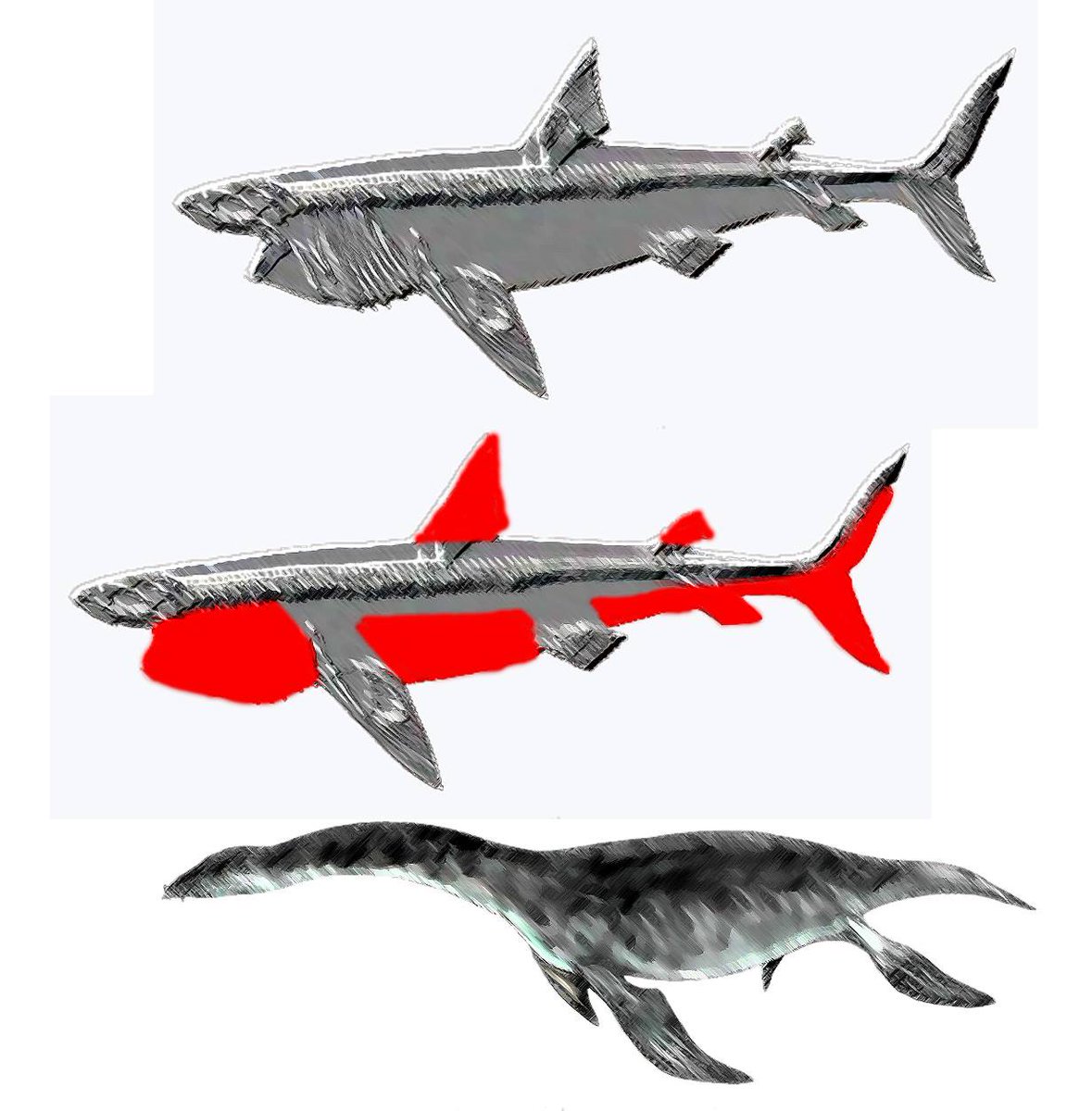
... it was always a bit surprising that Yano and the other people promoting a ‘monster’ identification for the ZMC were unaware of this…
Incidentally, ‘pseudo-plesiosaur’ is often attributed to author Daniel Cohen (note: not French economist Daniel Cohen). But this isn’t right: it was used by Bernard Heuvelmans in his 1965 Le Grand Serpent de Mer (and its English translation In the Wake of the Sea-Serpents)… 

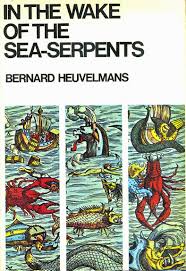

Even Yano’s photos demonstrate the #shark nature of the ZMC. The ZMC’s skull is not in the least bit like that a tetrapod: it’s amorphous in shape and covered with long, spine-like filaments that are never a feature of the tetrapod skull, and... 
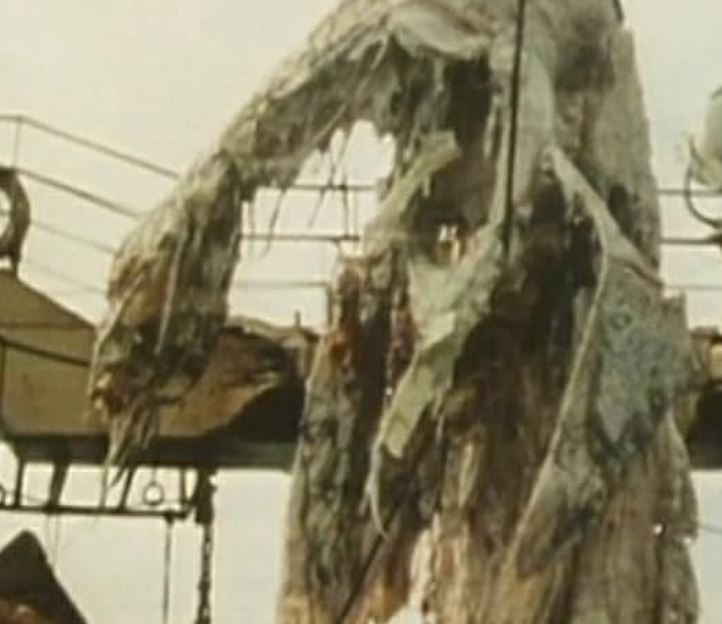
.... some views demonstrate the presence of the prominent dorsal opening – the epiphyseal foramen – characteristic of #sharks (and also obvious in the Stronsay braincase, as shown here); montage by Markus Hemmler … 



The ventral surface of the ZMC ‘skull’ (which we can see in the photo where it’s lying on the deck) is also identical in shape to the Basking shark chondrocranium: note the triangular form, the pointed rostrum and flaring processes at the back (montage by Markus Hemmler)… 

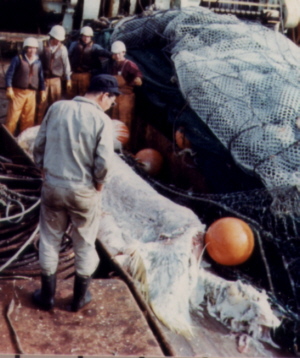
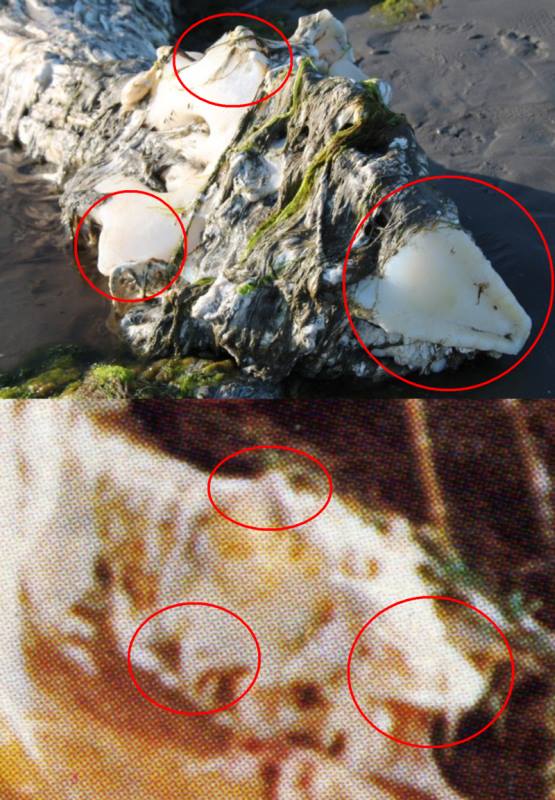
Incidentally, an interesting point I have to make here – even though it’s not really reflected in the images I’ve used in this thread – is that Yano’s photos of the carcass are very good, and sufficiently high in resolution that large, blown-up versions reveal....
.... an excellent level of detail. I say this because such blow-ups have been created by sea monster carcass researcher Markus Hemmler; they look great… 
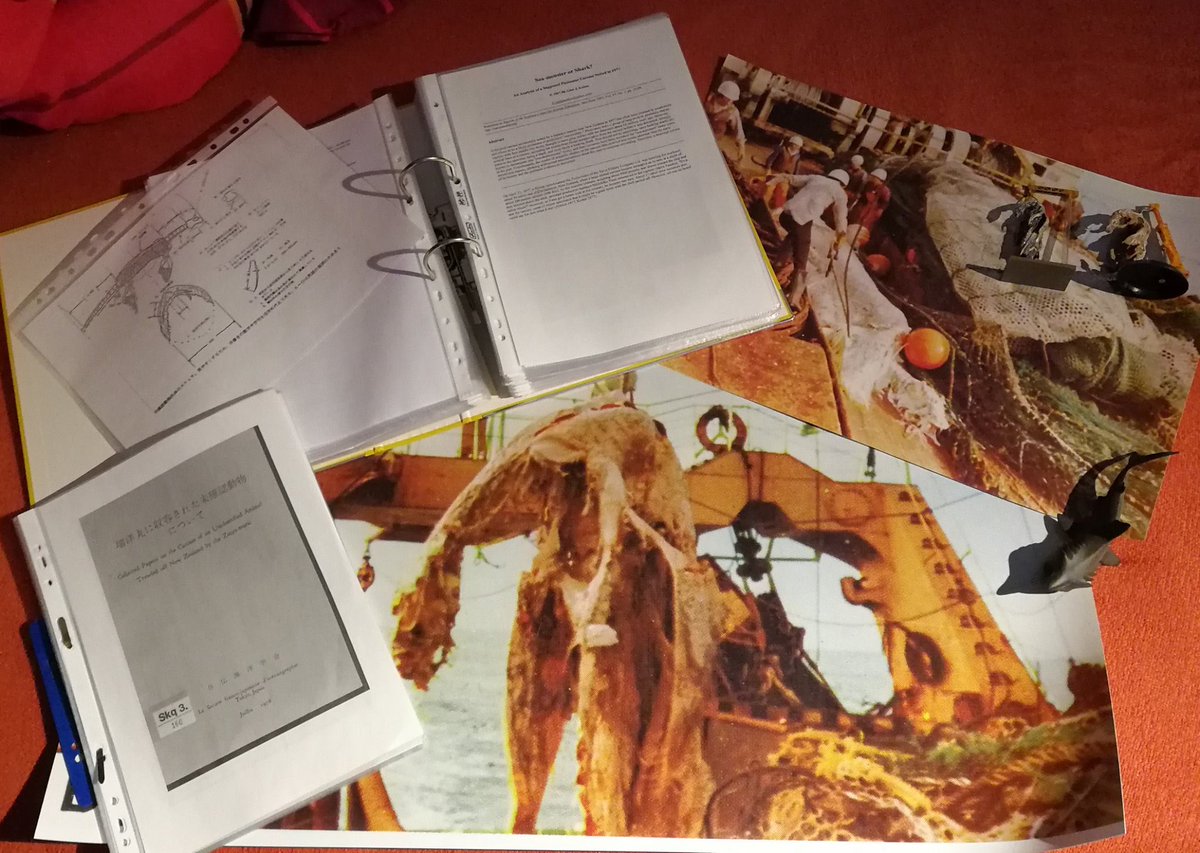
Anyway, the fin configuration of the ZMC is also that of a shark. Yano thought that a big fin which flopped over on to the right side of the carcass was a massive right pectoral flipper, but the photos which show the carcass from behind reveal that it’s not a pectoral fin...
.... but a dorsal fin. As Hasegawa and Uyeno said in 1978 “the position is too high and close to the vertebral column to be [a] pectoral fin”. Needless to say, this large dorsal fin is consistent with a shark identification (drawing by Glen Kuban). #cryptozoology #monsters 
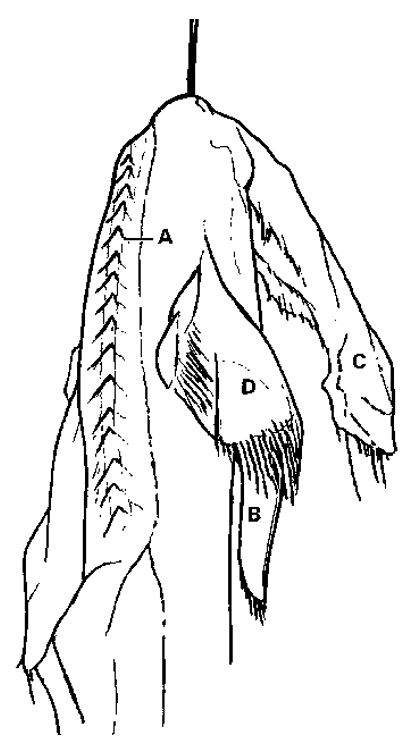
Also worth mentioning here is that the size of the ZMC was consistent with a Basking shark identification: 10m is within the range of this species, albeit very much at the upper end AND representing a size rare in modern populations (pic by Steveoc86)... #sharks 
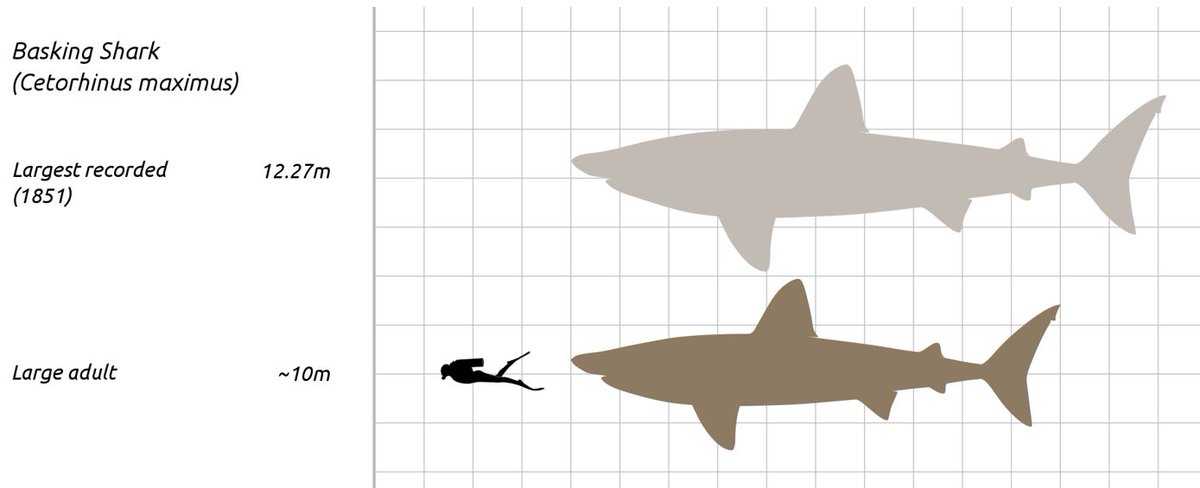
And distribution is in keeping with this identification too, since Basking sharks occur throughout the southern Pacific and specifically around New Zealand (attached range map by IUCN)… 

Can we be even _more sure_ that it was definitely a Basking shark? Yes, yes we can. Several pieces of physical evidence demonstrate a shark identity. The ‘limbs’ of the carcass very obviously contained (at their tips and edges) long fibres formed of a horn-like material…
As mentioned earlier, Yano extracted several of these from one of the 'fore-flippers'; he washed them (to get rid of their smell), treated them with an antiseptic solution (specifically bleach, aka sodium hypochlorite or NaClO), and air-dried them on the vessel.
They were given to the Taiyo Fishery Company and then to the Tokyo University of Fisheries, where they were studied by Shigeru Kimura and a team of colleagues…
The fibres (figured in Kimura et al.’s paper; and re-figured here) displayed features showing that they were composed of elastoidin, a form of collagen unique to #sharks. They were “rigid, needle-like fibers with a translucent light-brown color, which taper towards both ends”…. 

They shrank to about 33% of their original length when heated to about 63 deg C in water. This is characteristic of shark fin rays, and in fact experiments showed how Basking shark fin rays have a ‘shrinking point’ of about 65 deg C. 
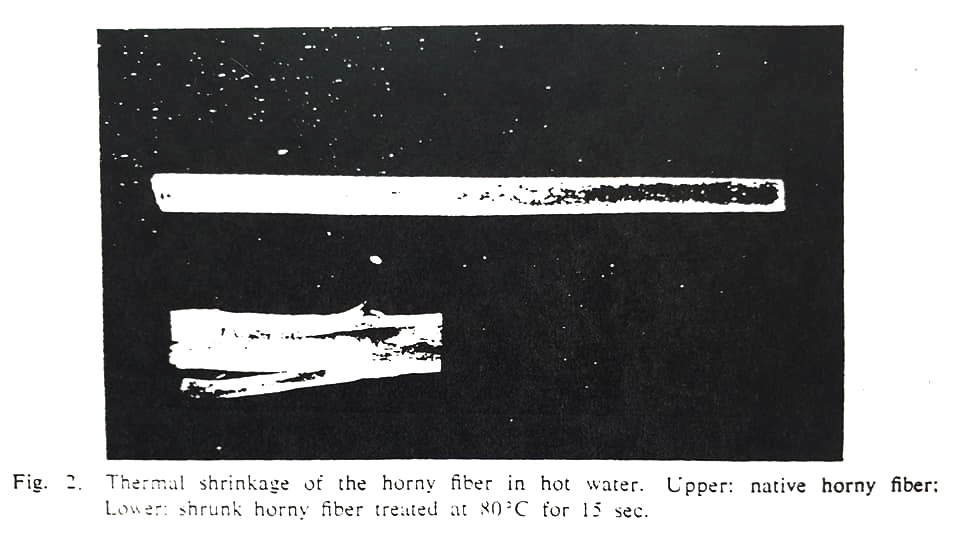
Kimura et al. also examined one of the fibres under SEM and noted obvious banding, the bands being arranged at 450-500 angstrom intervals (1 angstrom, or Å = one ten-billionth of a metre)... 
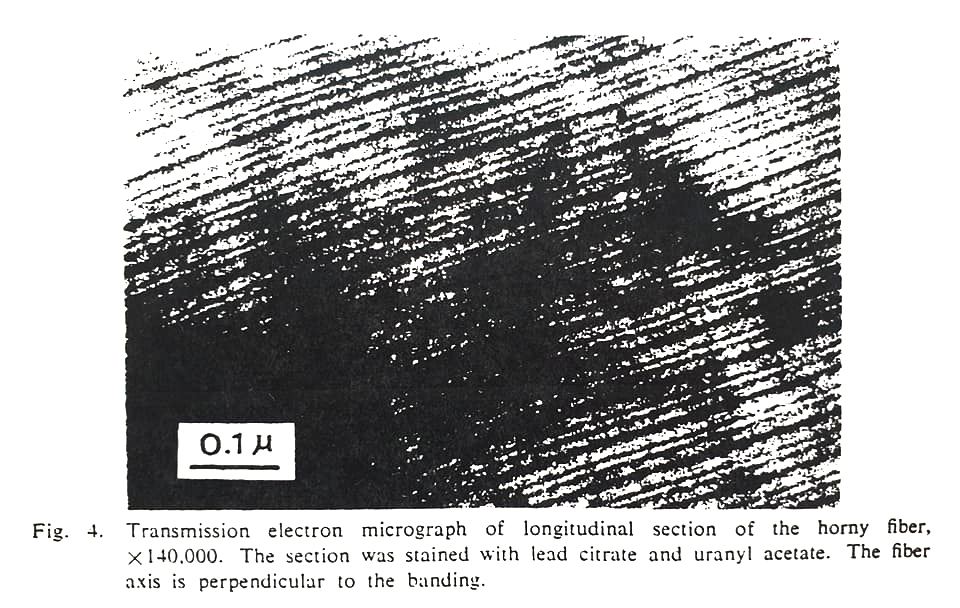
... which is different from the 600-700 Å of typical collagen but just like the banding present in Basking shark elastoidin…
They also examined the amino acid composition of the fibres. It was similar to Basking shark elastoidin but differed in lacking the high tyrosine and histidine values typical of Basking sharks, which was surprising. BUT... the ZMC fibres were treated with bleach... 
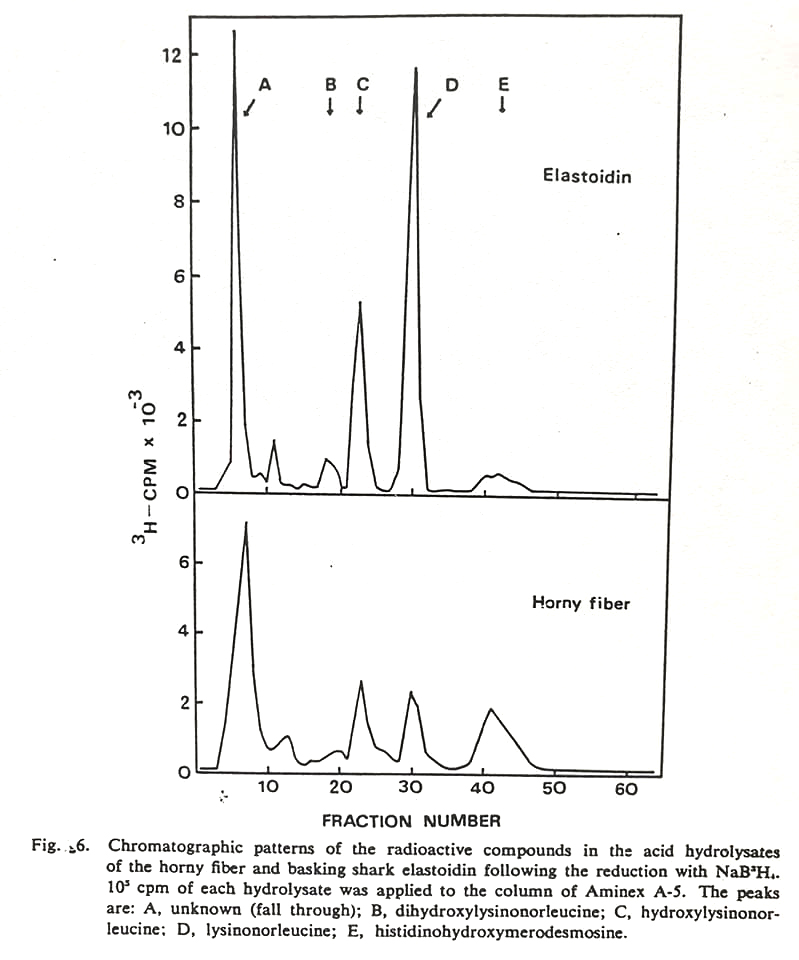
Kimura et al. were aware of this and therefore took a control fibre from a Basking shark and treated it with bleach too aaaaand…. found tyrosine and histidine to be decomposed as a consequence. The use of bleach explained what looked initially like an anomalous result.
For completeness I'll add that Kimura et al. found the ZMC fibres to differ from Basking shark fibres in what are known as reducible cross-links (chemical components which bond polymer chains); the ZMC fibres had a low number of cross-links when compared with elastoidin…
BUT cross-links are known to be very liable to decomposition and their reduction was almost certainly a consequence of bleach treatment too...
All in all, there are pretty strong reasons here to conclude that the ZMC fibres were indeed those of a Basking shark, ergo the whole carcass was that of a Basking shark or – at the very least – “a closely related species to it”. 

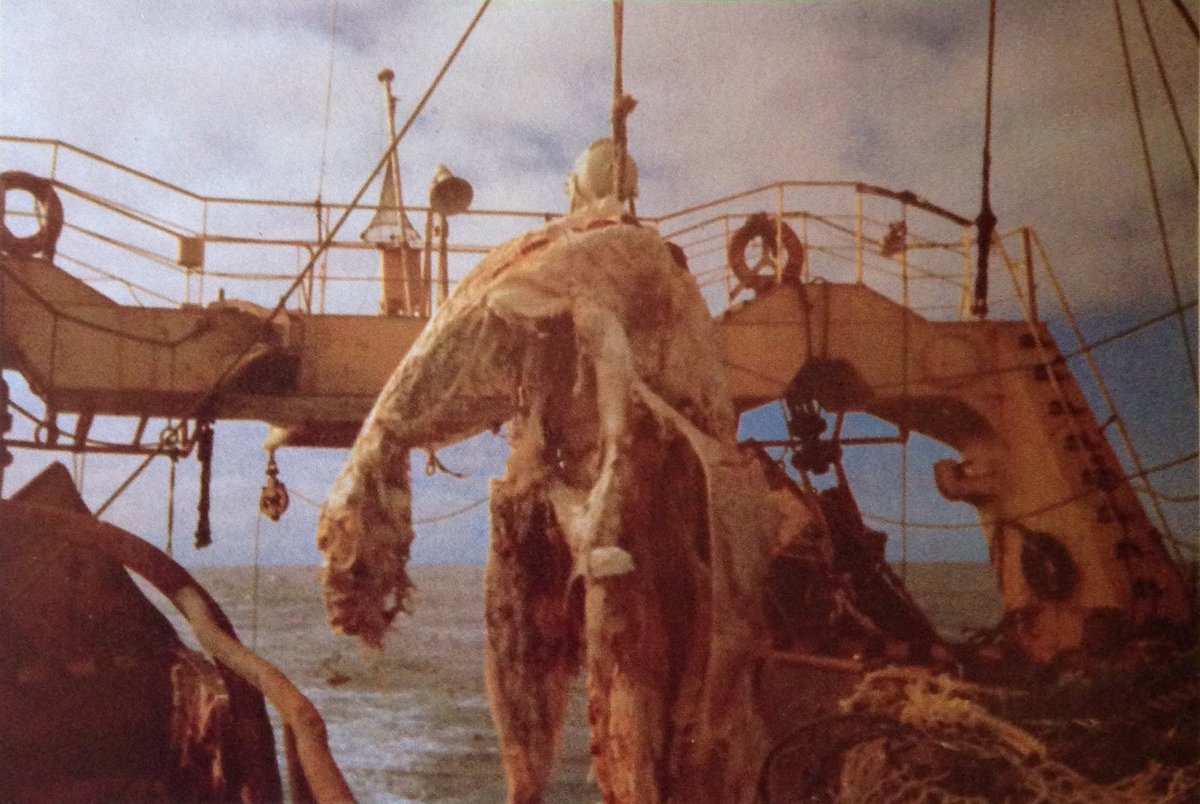
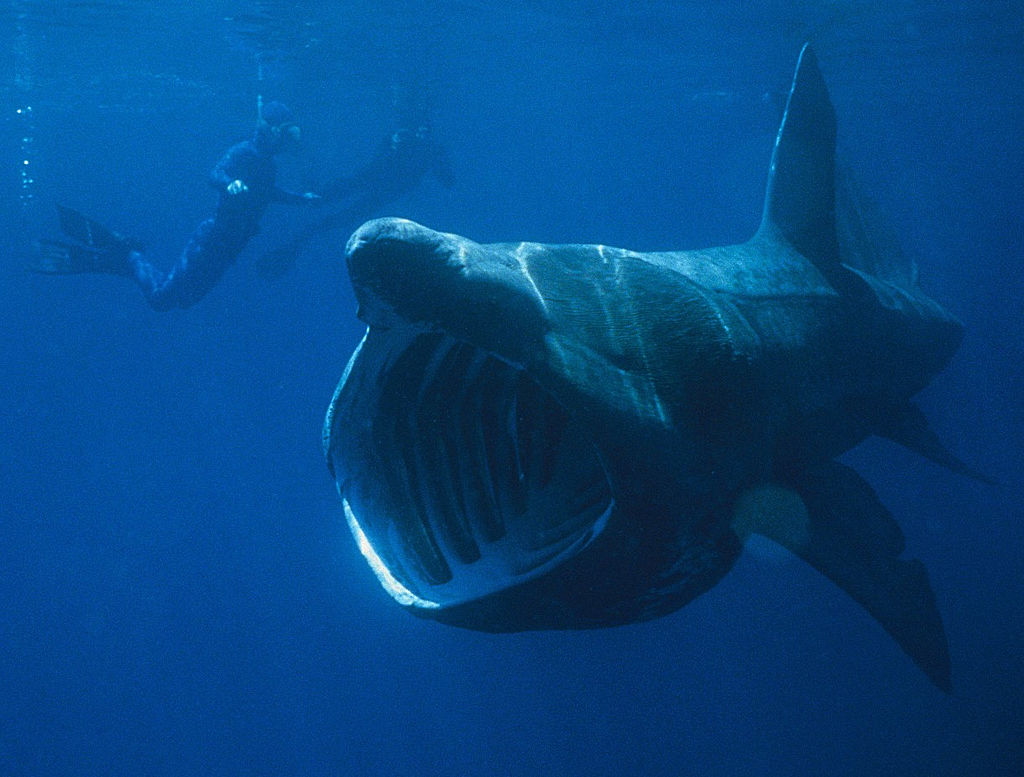
There are apparently claims here and there that DNA from the carcass was tested and found to be that of a plesiosaur. But this is totally bogus and DNA tests have never been performed (or, if they have, the results haven’t been released).
Add ALL of this together and it’s safe to say that the idea of the ZMC being a ‘real’ sea monster carcass is essentially dead. Cryptozoologists have tended to discuss the case as an interesting historical footnote or cautionary tale, and...
... I’m not aware of any recent authors who indulge in mystery-mongering and push the carcass as a potential mystery still worth considering…
Of course, there ARE cases of mystery-mongering out there in the ‘paranormal’ literature… here’s a classic one from the 1988 PG Tips book Unexplained Mystery of the World, by former @forteantimes editor Robert Rickard… #monsters #cryptozoology 
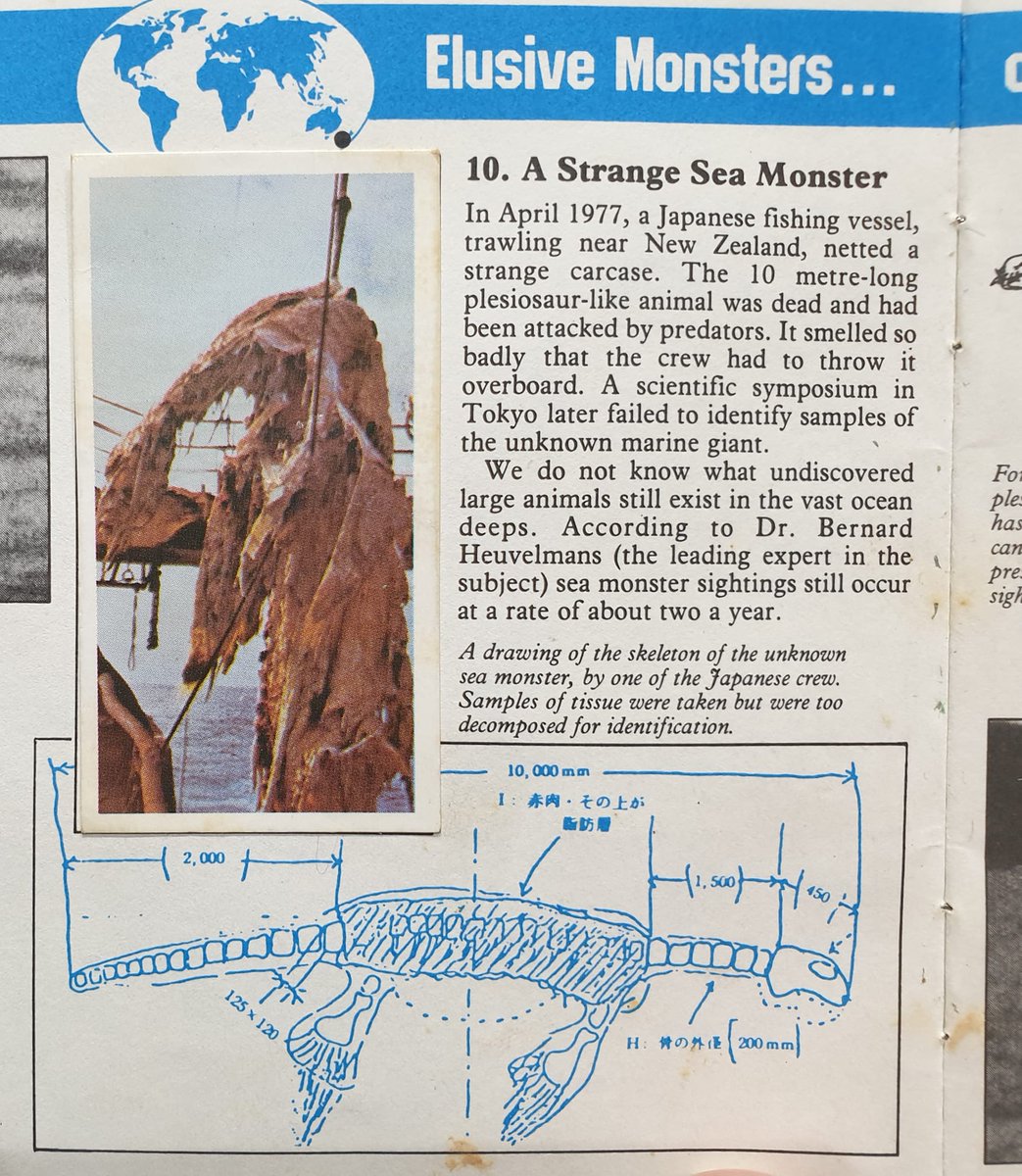
Cryptozoologist Scott Mardis has continued (informally, and not in print to my knowledge) to imply that the carcass might not have been that of a shark, in part because he contends that plesiosaurs may have had fibres in their flippers that....
.... were chemically similar to those of sharks. But it’s obvious that this is pretty desperate and working in opposition to Occam’s razor (sorry, Scott)…
In the 2013 book The Cryptozoologicon – by @thejohnconway, @cmkosemen and me – we had fun imagining what the Zuiyo-maru creature might look like if imagined as a real animal, since – if we go down that route – it sure wouldn’t have looked like the plesiosaur imagined by some… 
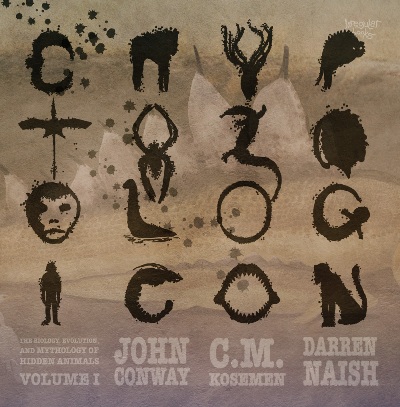
It would have to have been a tattered, zombie-like creature with barbels, spines, wattles and a tentacle-like organ on its chest. We opted to call it Zuiyomaruzoon necrosimulacrum. Imagined this way, perhaps it could be a benthic, skulking predator of lumpy seafloors… 

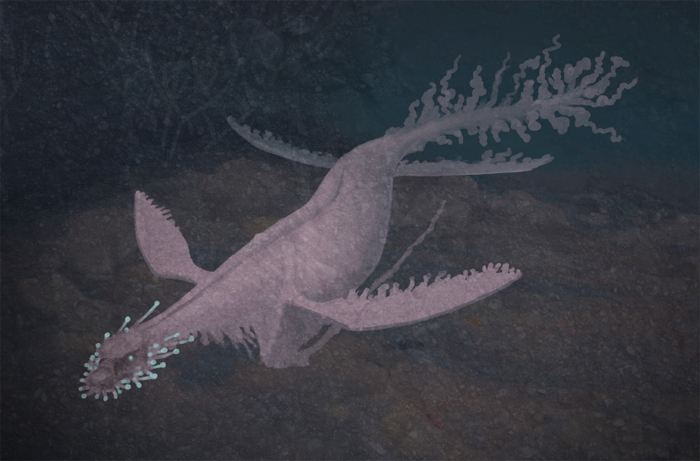
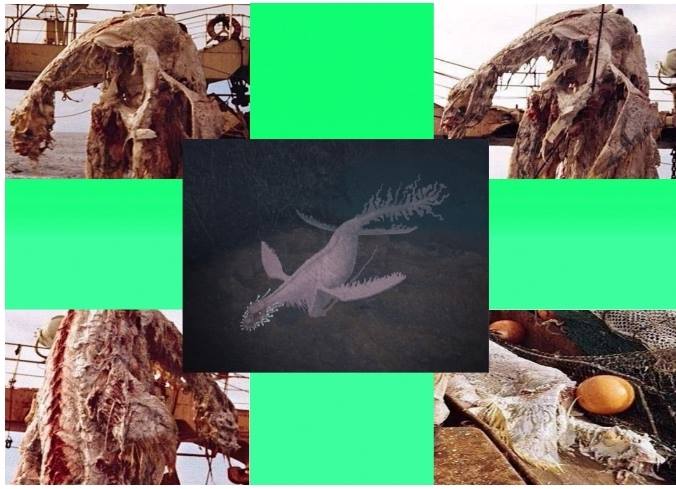
.... though exactly what creature it might be is hard to imagine. A very weird pinniped is my favourite guess…
It’s easy to misunderstand the whole point of The Cryptozoologicon, though I’m pleased to say that not that many people have. We were deliberately indulging in ‘creature building’ of the sort seen throughout the cryptozoological literature...
.... making creatures reported from anecdote into ‘reasonable’ animals with an ecological and evolutionary backstory, despite the fact that such efforts are doomed to failure… #cryptozoology #seamonsters 
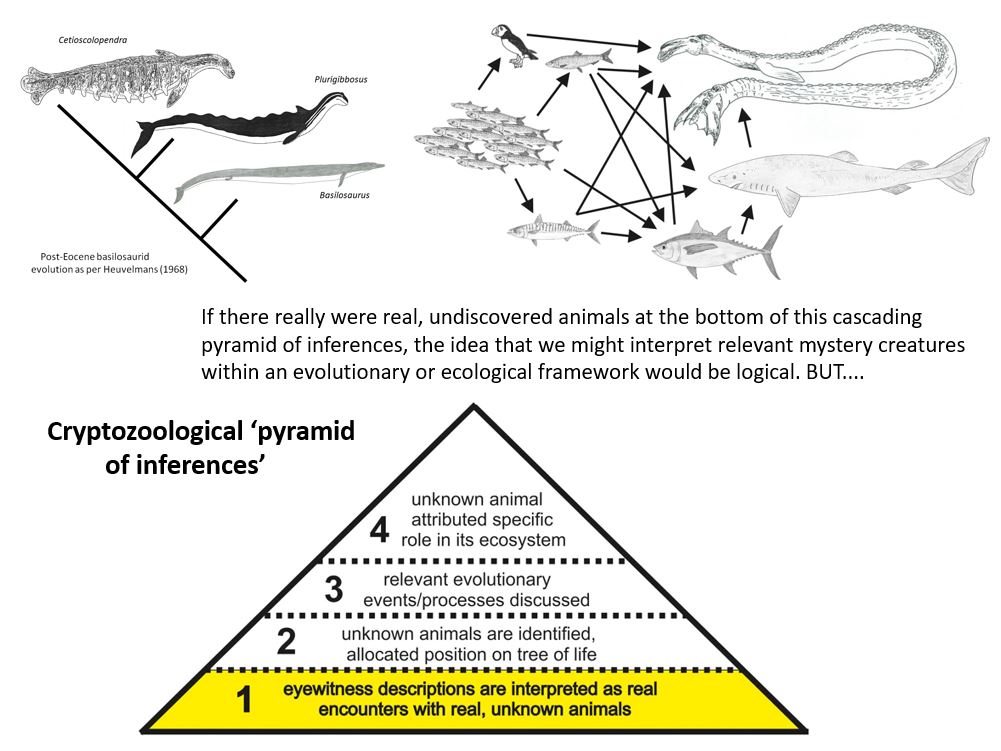
Outside of #cryptozoology, the only community that’s paid much attention to the ZMC in recent years is – of course – the Young Earth Creationist (YEC) one...
Numerous creationist authors – among them Carl Baugh, Ian Taylor and Kent Hovind – wrote about the carcass as a plesiosaur, sea monster or even ‘dinosaur’ (! plesiosaurs ain’t dinosaurs) at least as recently as the late 1990s…
None appeared familiar with the Japanese research of the late 70s, or – at best – made out that they were unfamiliar with it. Why this promotion of the carcass as a modern-day ‘prehistoric’ animal?
YECs believe that the discovery of a modern-day example of a creature otherwise thought long-extinct will provide support for their view that the Earth is young (or, more specifically, that the Earth and the universe was made by an omnipotent God...
.... of the sort believed in by Christians and written about in The Bible: their position is very clearly tied to a religious motivation, not one of honest enquiry and study)…
They continue to believe this, despite being repeatedly told that the discovery of a ‘supposedly long-extinct’ animal (like a plesiosaur, pterosaur or sauropod) would merely show that the lineage in question had persisted for longer than previously thought.
In no way would it weaken evidence for evolution. It would more likely _support_ it, since we’d see evidence for change over time in the lineage concerned, just as we do in, say, #coelacanths and all the other animal groups which have persisted from the Mesozoic to the present…. 

(coelacanth cladogram from Cassane & Laurenti 2013)…
A 2001 article in Creation Research Society Quarterly Journal, by John Goertzen, maintained that the carcass is too that of a marine reptile, probably a modern plesiosaur…
... his main point of evidence being the alleged presence of two small, paired dorsal fins on the anterior part of the back (marked ‘B’ in Goertzen’s figure here… umm, I’m struggling to see them)… 

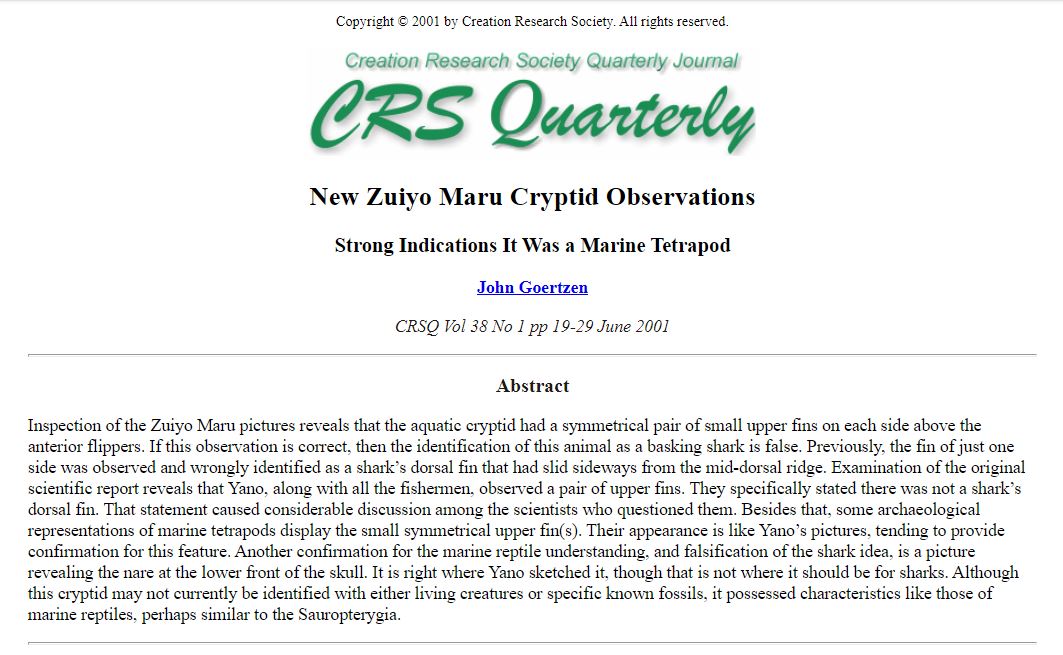
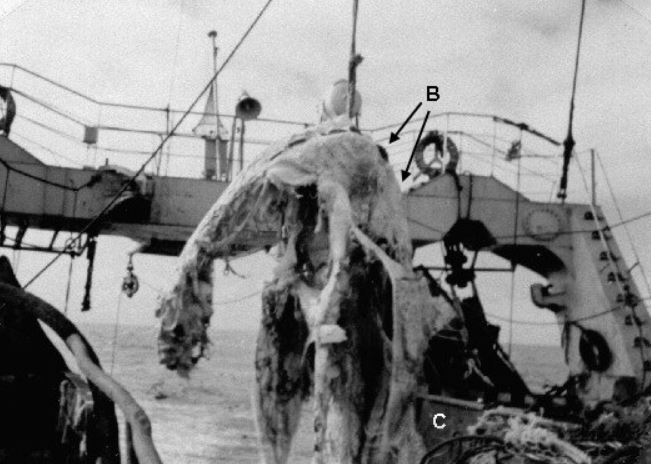
… which (based on a few illustrations of what Goertzen says were plesiosaurs, drawn by ancient people like indigenous Australians: look at 'B' here) Goertzen says are a feature of plesiosaurs... 
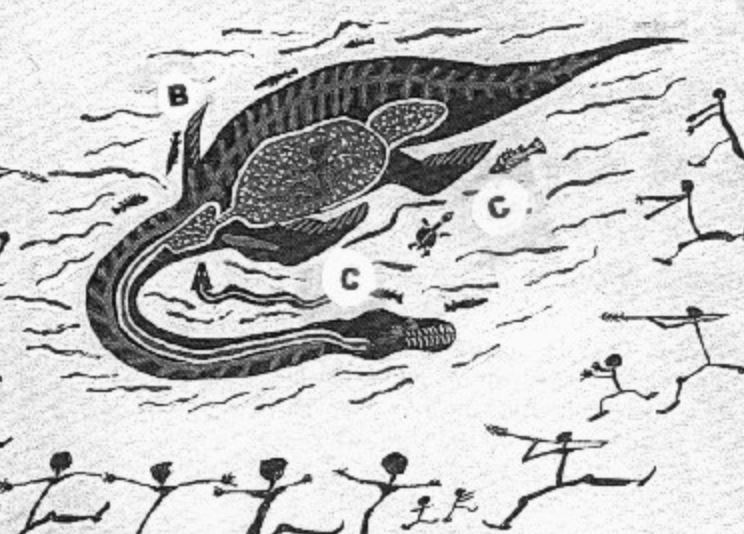
I’m especially fond of the fact that the ‘shoulder’ structure reported on the Spicer #LochNessMonster of 1933 was said by Goertzen to be another of these allegedly distinctive anatomical details. Wow. 
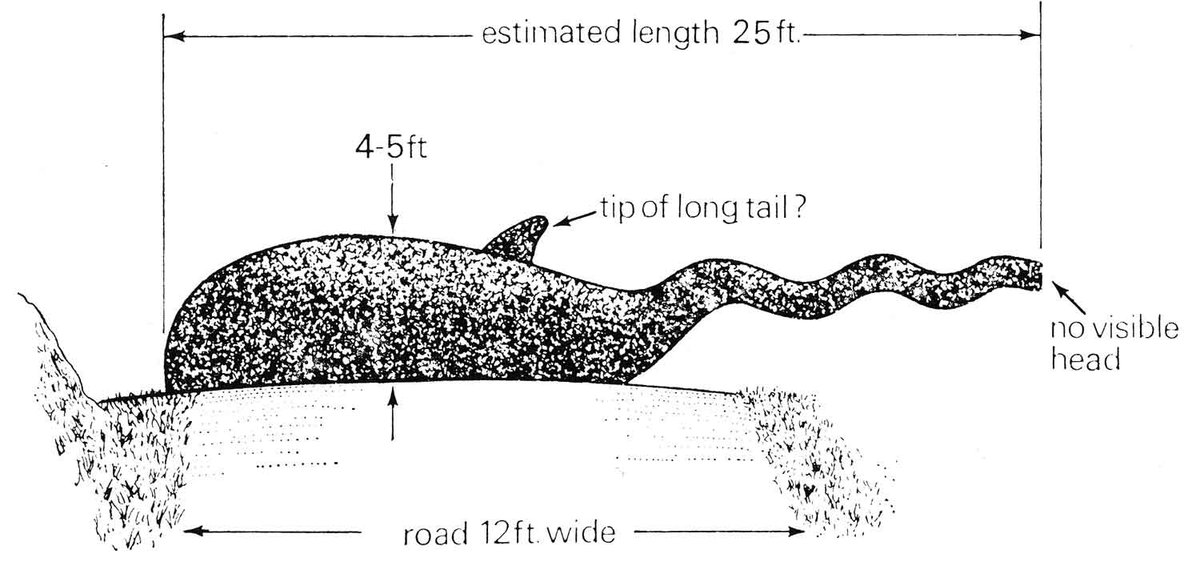
I covered the Spicer Nessie sighting here if you’re interested…
https://twitter.com/TetZoo/status/1278322629406076928
Anyway, this is all pseudoscientific nonsense, shot full of logical errors let alone scientific ones. Goertzen was pushing this ‘paired upper fins’ things since at least 1999; it seems to have been well known in the creationist community for a while…
In fact a 1999 article in another creationist publication (Creation Ex Nihilo Technical Journal), by Pierre Jerlström and Bev Elliott, specifically discussed Goertzen’s idea of ‘paired upper fins’ and found it flawed and wrong...
.... and they concluded (based in part of their examination of a Basking shark carcass washed up at Kaikoura Peninsula, New Zealand, in December 1998) that “the evidence collected so far overwhelmingly favours the basking shark identity for the Zuiyo-maru carcass”... 



This is creationists, allied with the Answers in Genesis (AiG) group, saying this.
Indeed, the evidence that the carcass was that of a shark is actually SO GOOD that a few prominent creationist groups even tell their followers to give up on this case, and to stop using it as a poster-child of creationism…
This view is supported by AiG as a whole: check out Tommy Mitchell’s AiG article on the Zuiyo-Maru carcass here: answersingenesis.org/creationism/ar…
And that just about brings things to a close. Creationists and literally one or two cryptozoologists still say, and will forever continue to say, the same old thing about the Zuiyo-maru carcass, but the evidence for it being a Basking shark is very strong. Furthermore… 



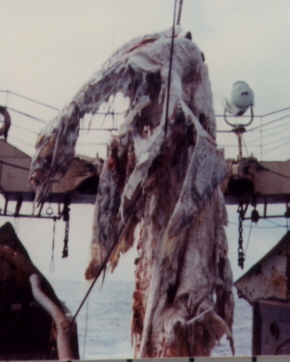

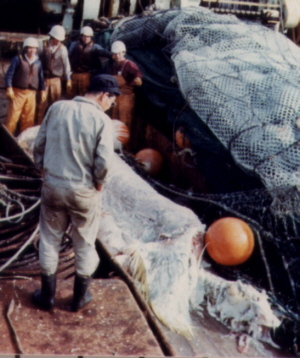
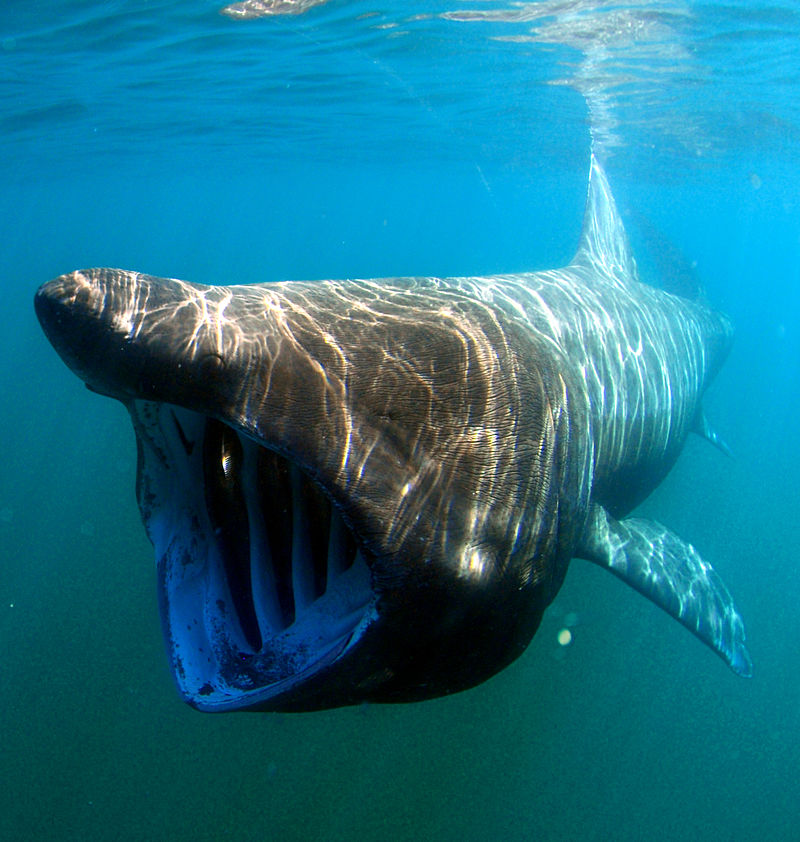
… the history of research on the carcass is more complex and in-depth than most sources reveal, and few places treat it in as much depth as I have here. Glen Kuban produced an excellent review of the whole saga (here: talkorigins.org/faqs/paluxy/pl…)...
... but everything else is a summary, and that includes the coverage I provided in my 2017 #cryptozoology book Hunting Monsters (please buy it if you can)… 

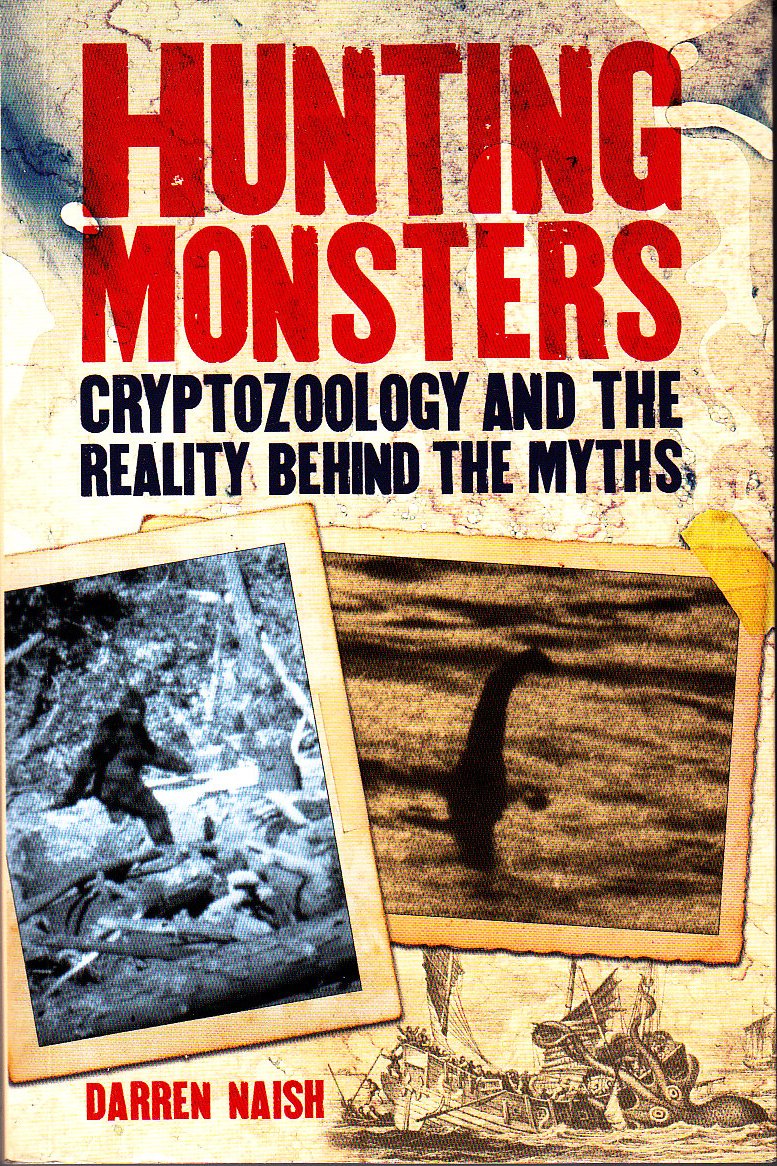
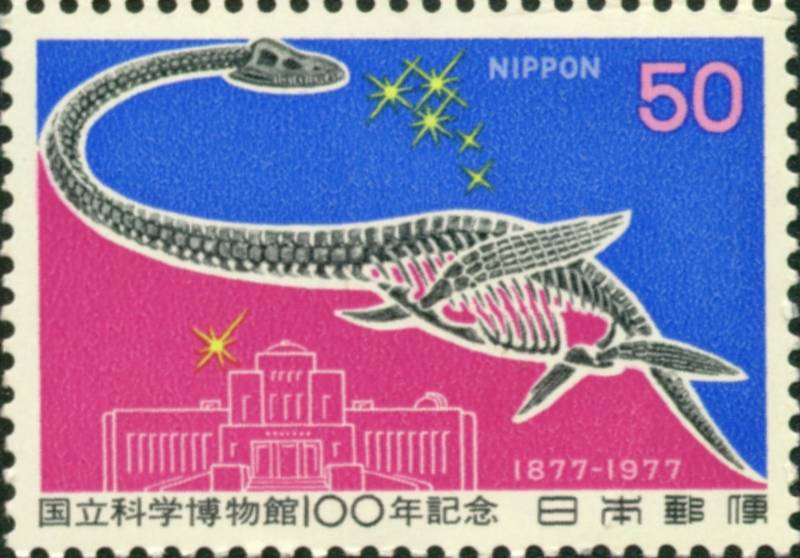
On that note… I aim to write this up, add appropriate citations and references, and get it published. Several other detailed analyses of monster photos and bits of film have been featured as previous parts of my #TetZoocryptomegathread series – thanks for reading. And...
Here’s your reminder that I blog about arcane #zoology (and mundane zoology too) at Tetrapod Zoology (tetzoo.com) and that you can support my research, and see what I’m up to in terms of on-going projects, at patreon (patreon.com/TetZoo)….
AND that a major exhibition on sea monsters – which I co-designed and co-curated – is currently on show at @TheNMMC #Falmouth; it features tons of amazing stuff on sea monsters, their history, and on scientific exploration of the seas. More here: nmmc.co.uk/monsters-of-th… THE END! 




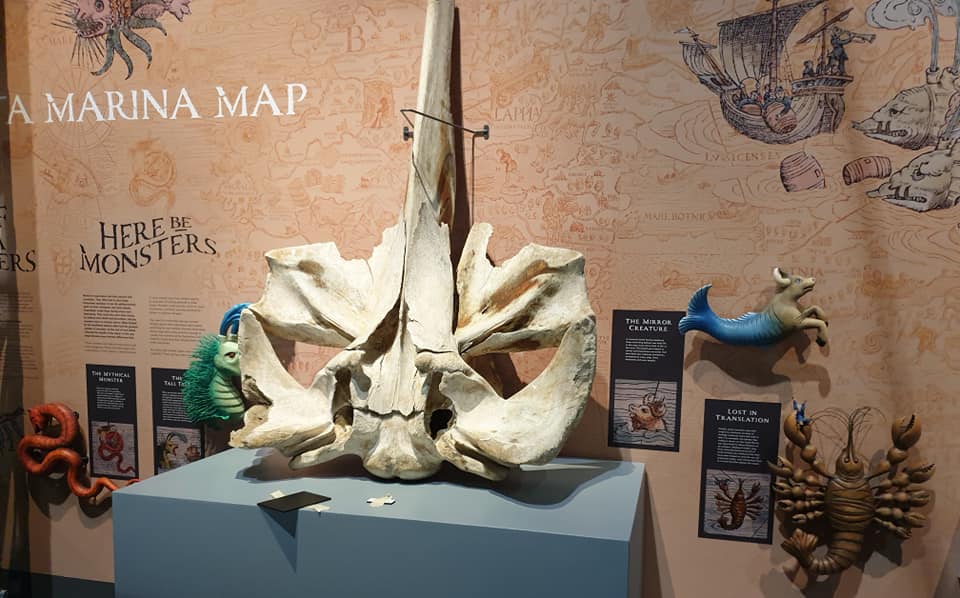

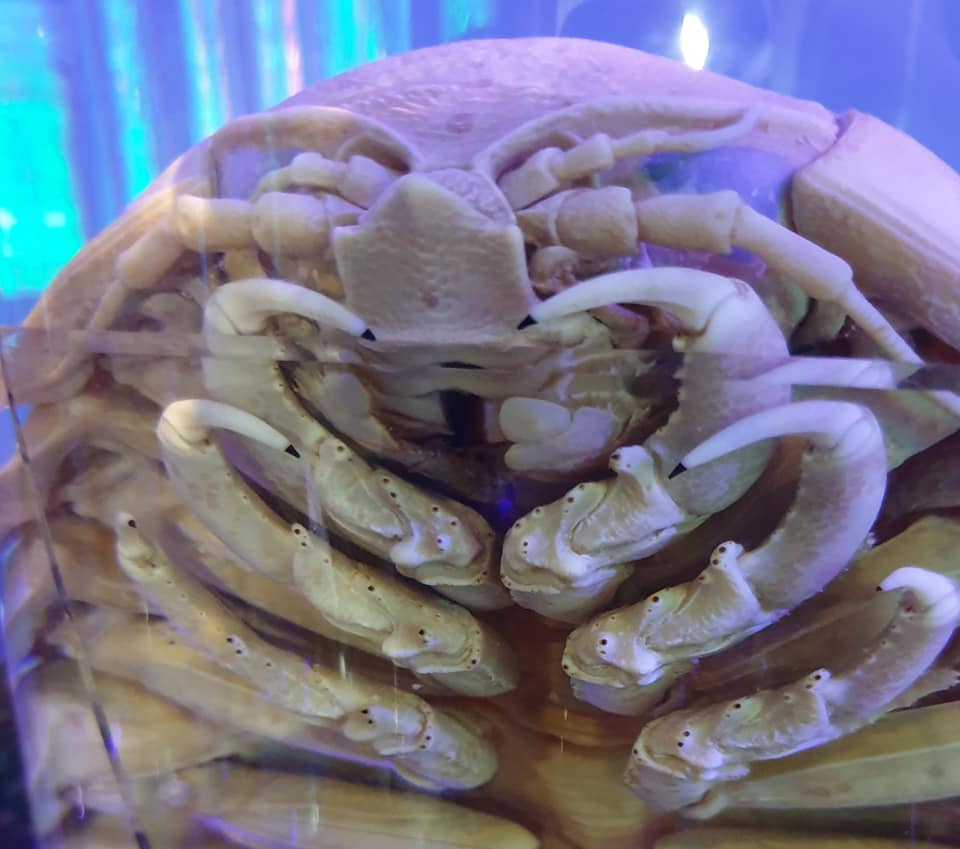
• • •
Missing some Tweet in this thread? You can try to
force a refresh

